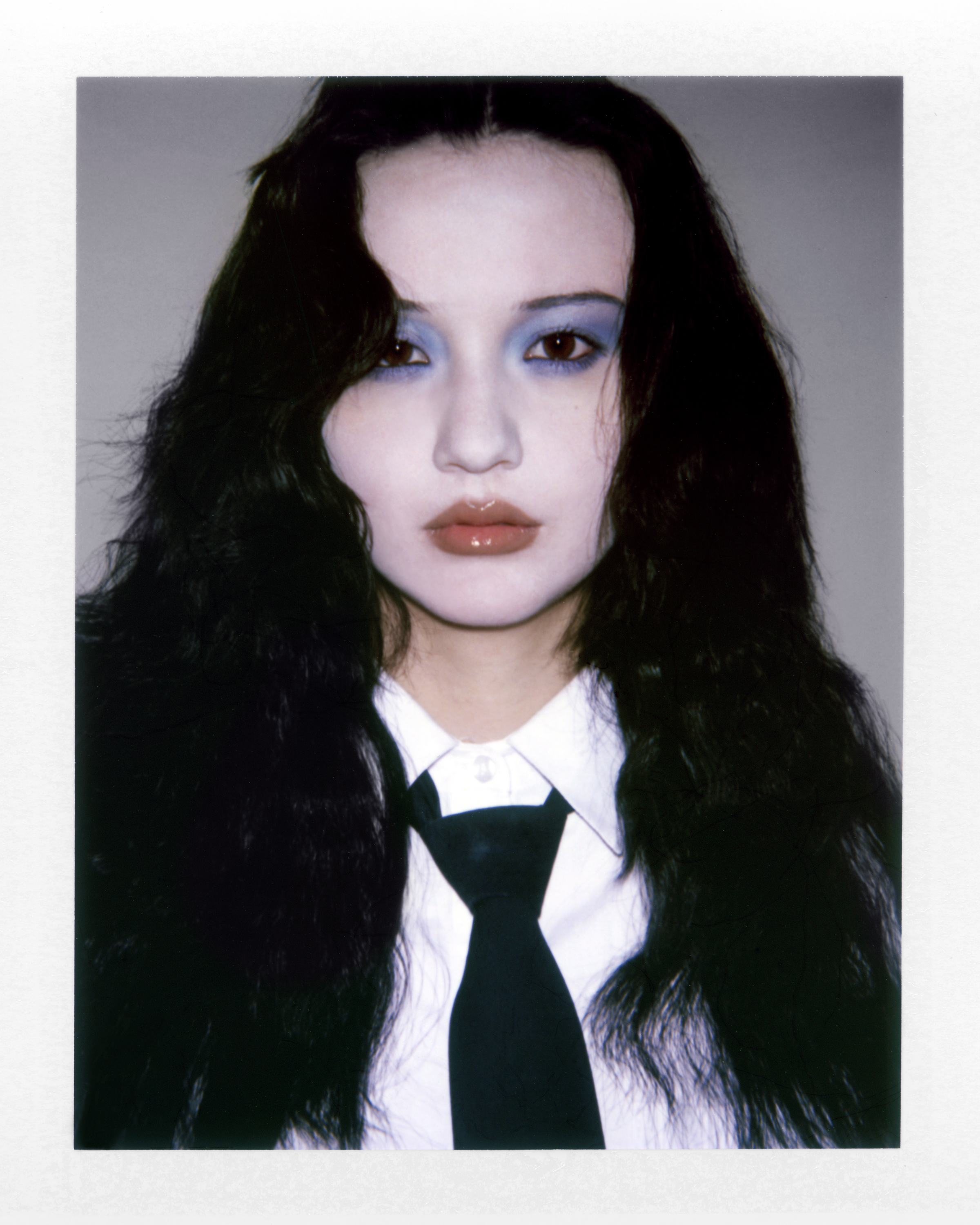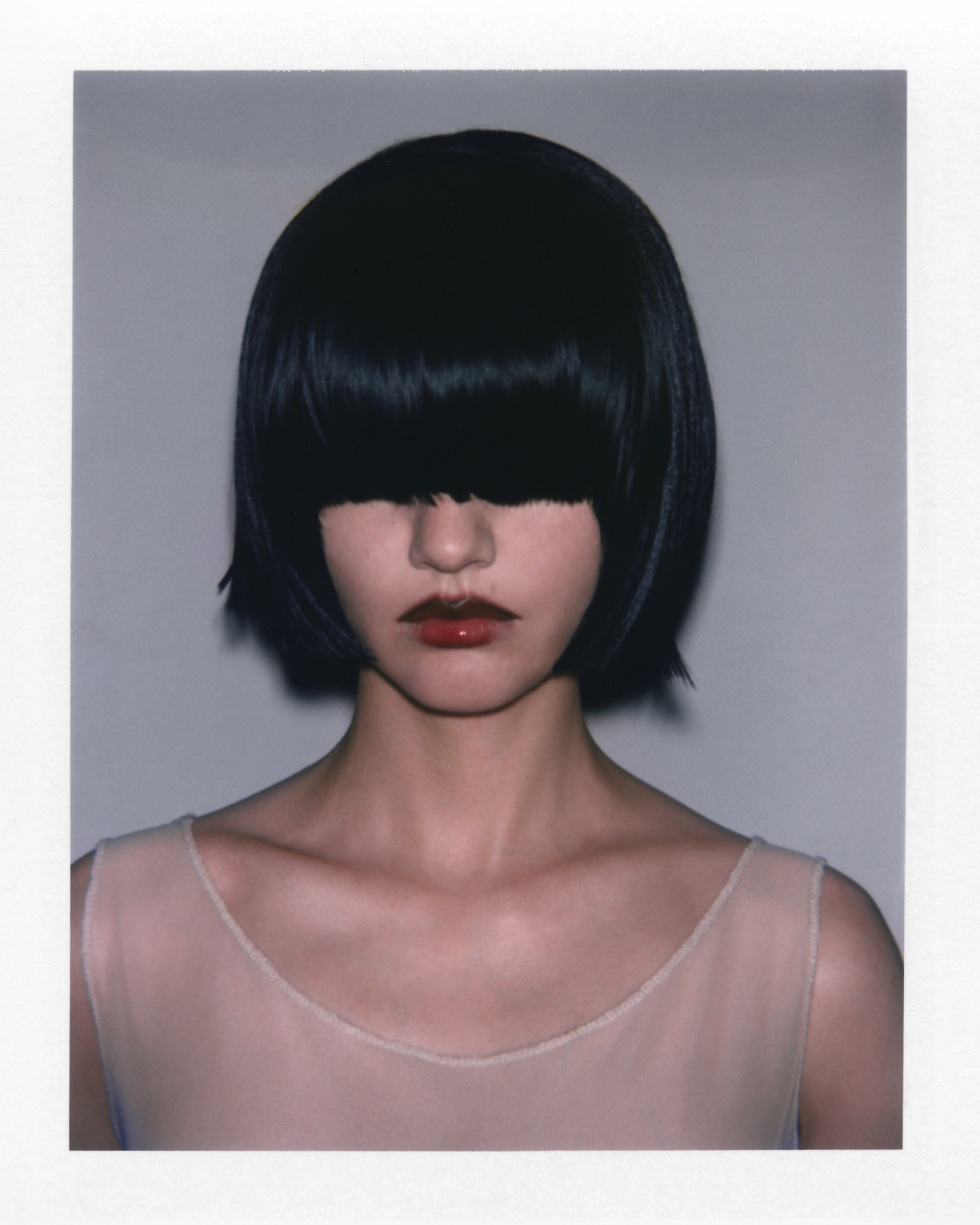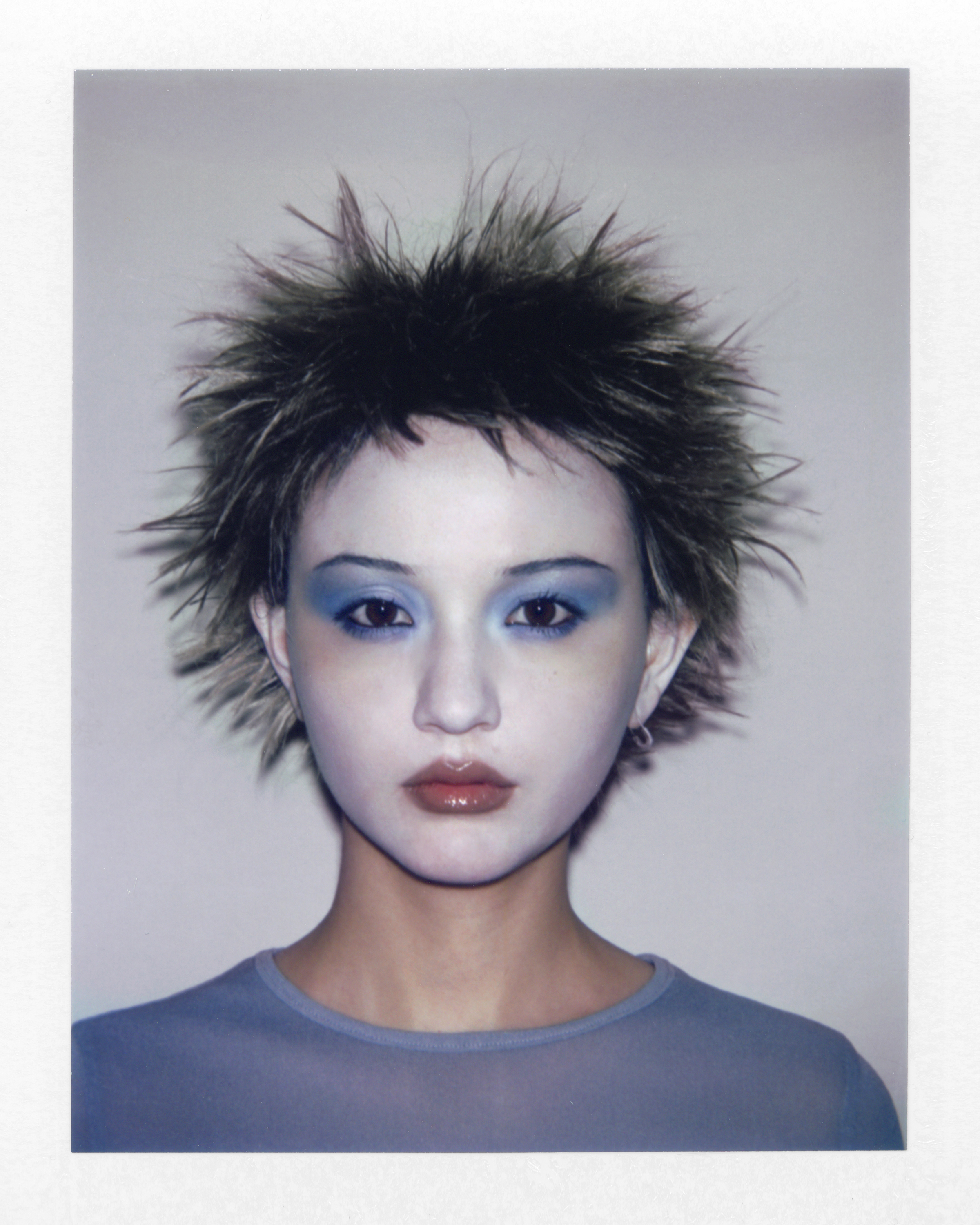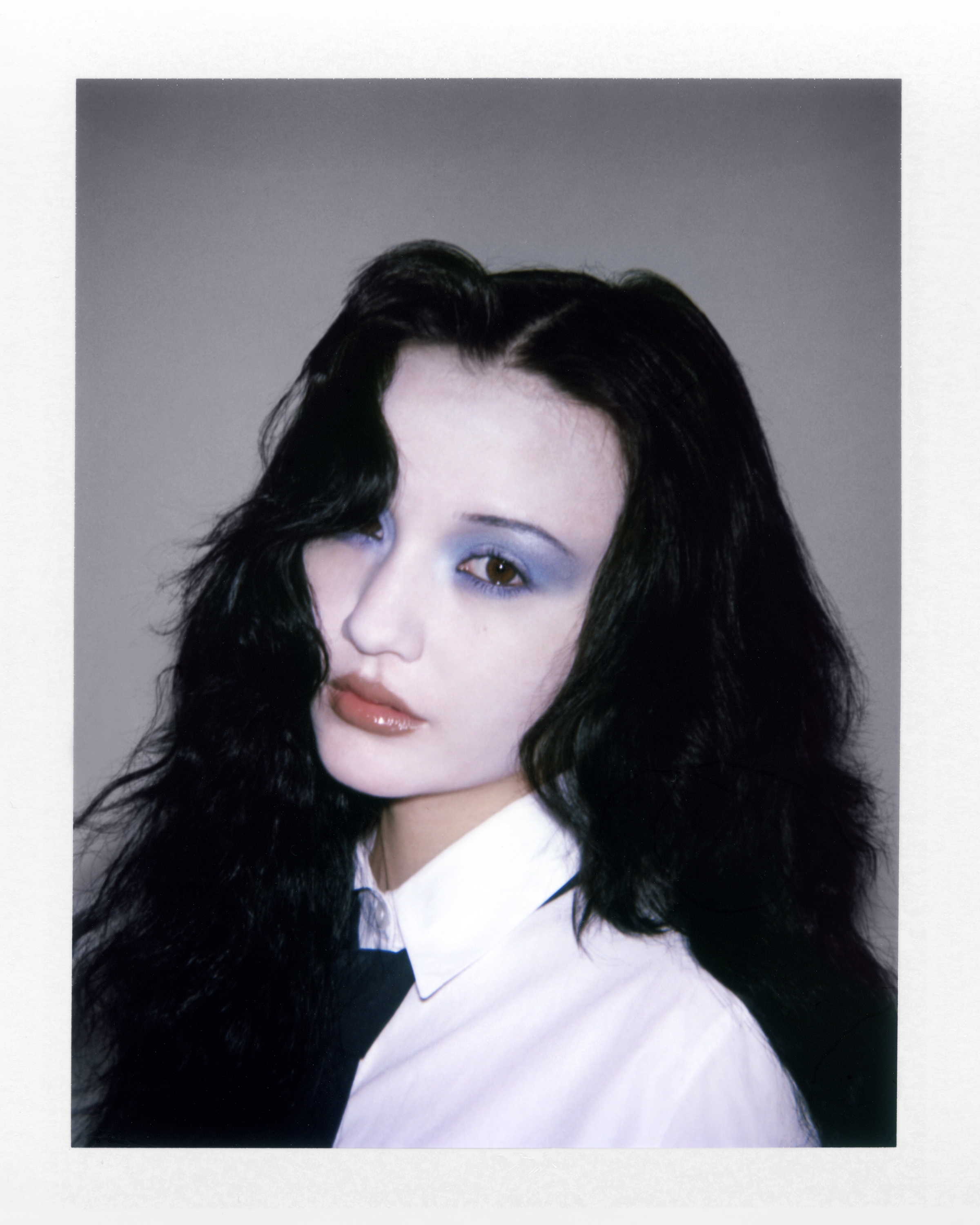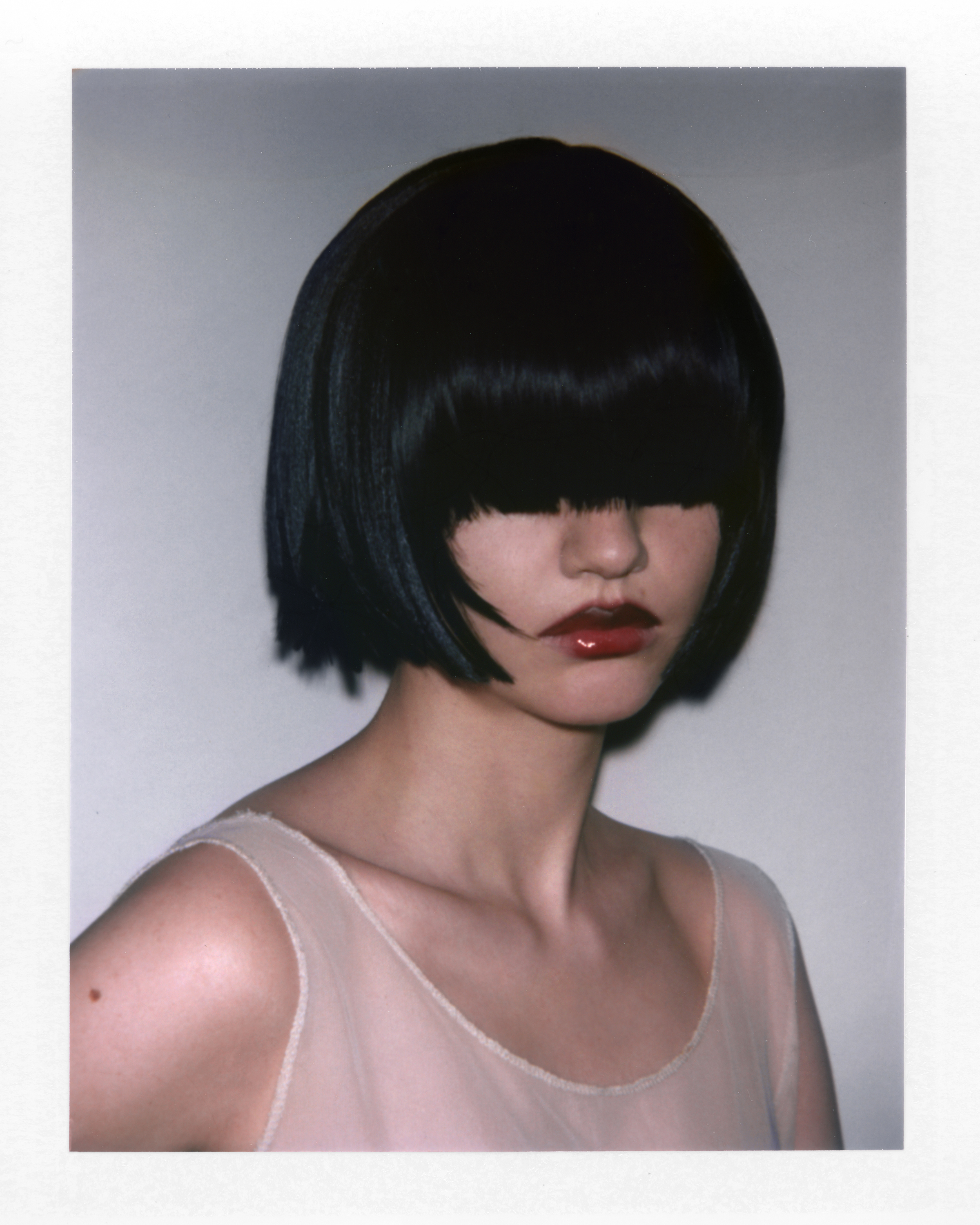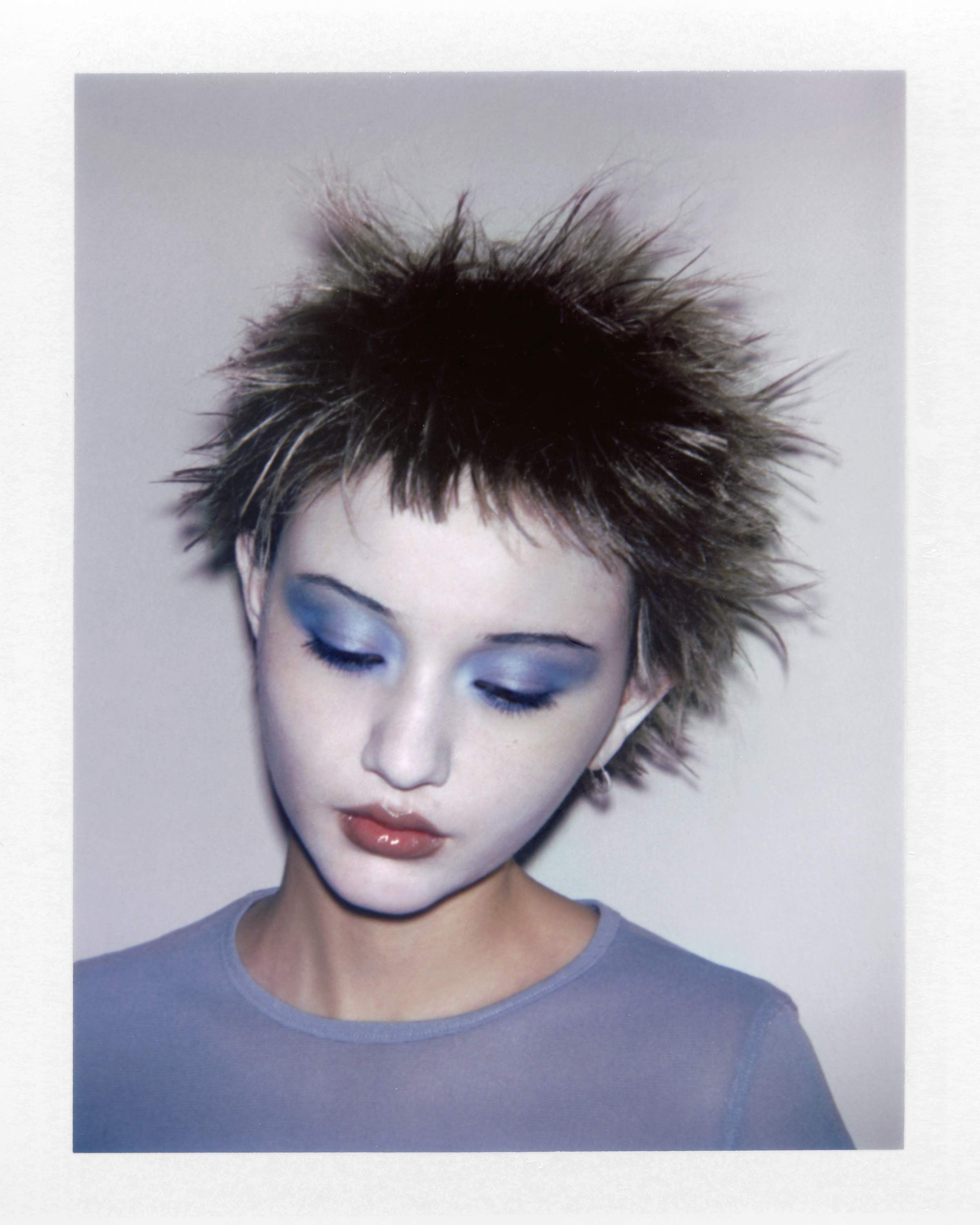Vulvatious
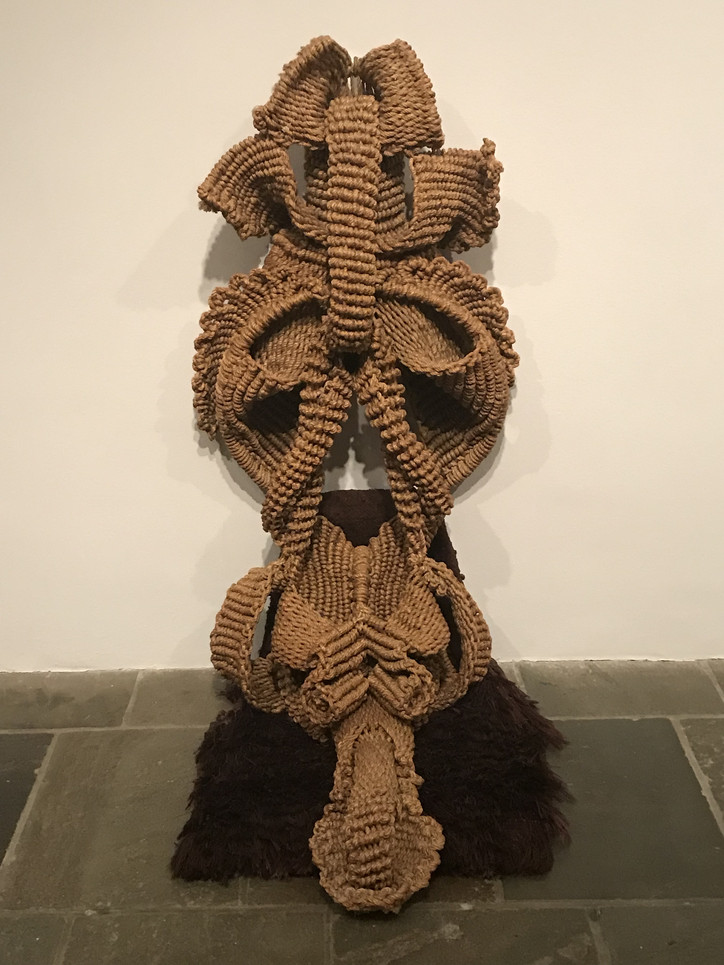
"Phenomenal Nature: Mrinalini Mukherjee" is on view at the Met Breuer through September 29th, 2019.
Stay informed on our latest news!

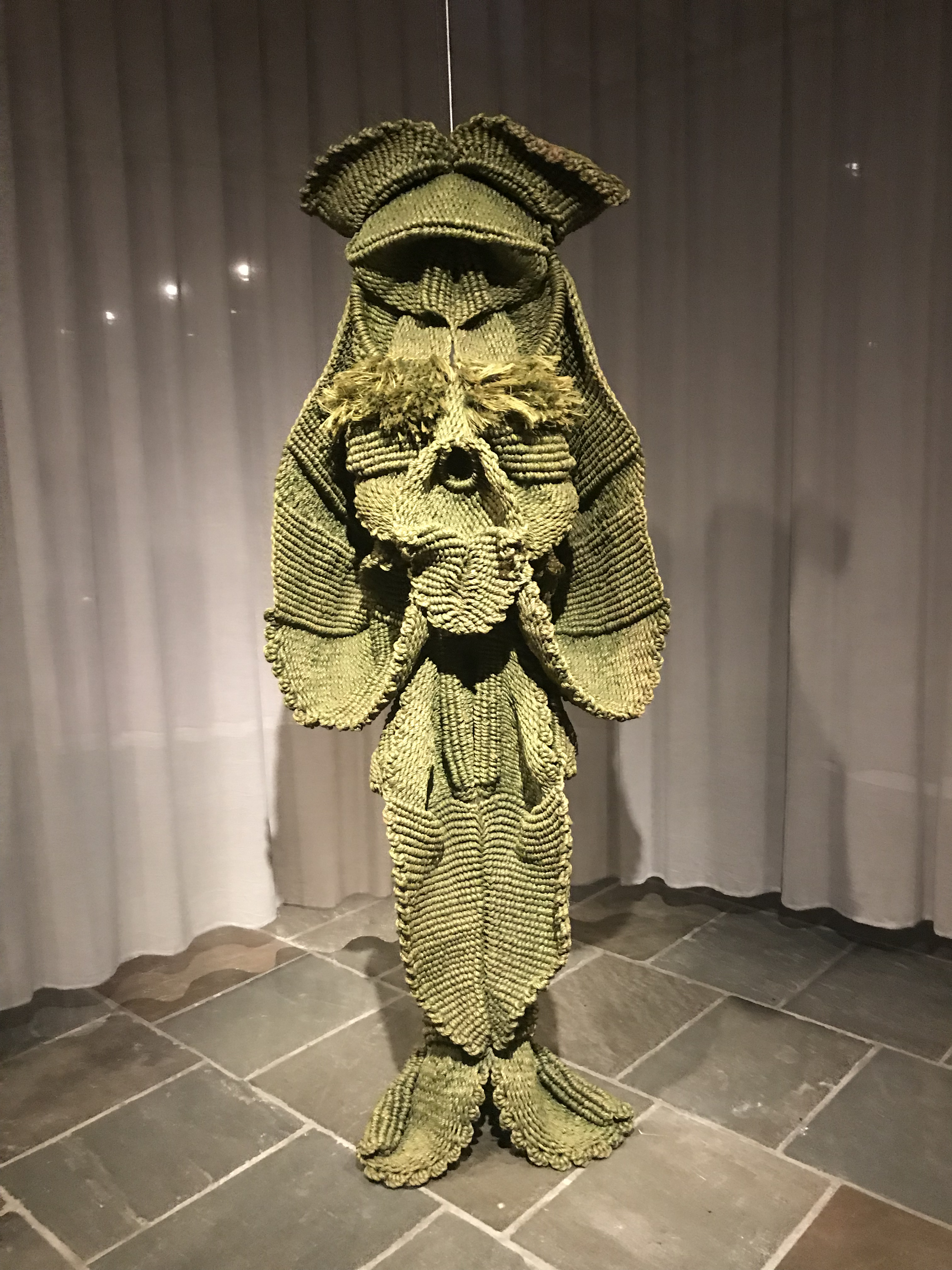
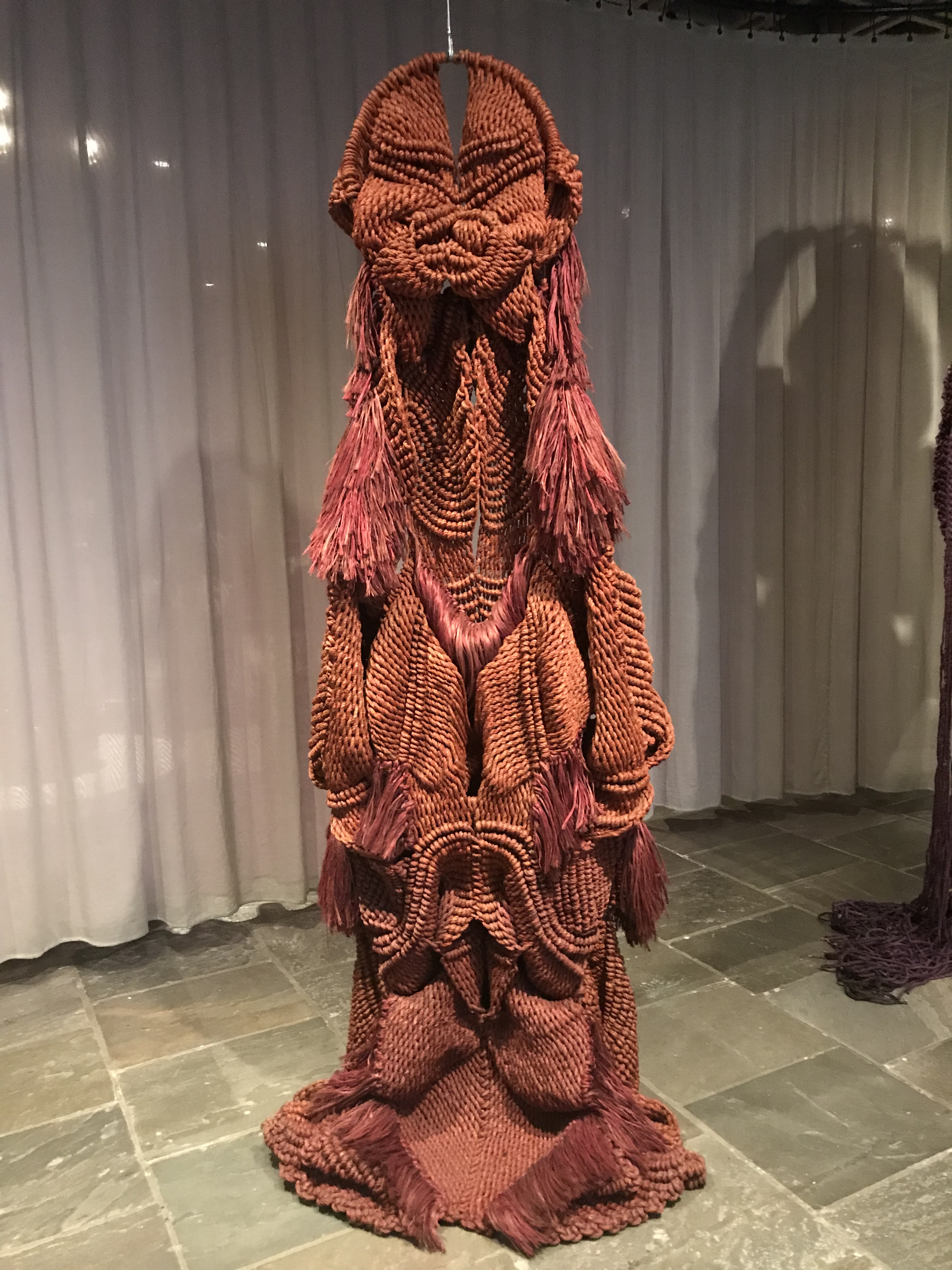
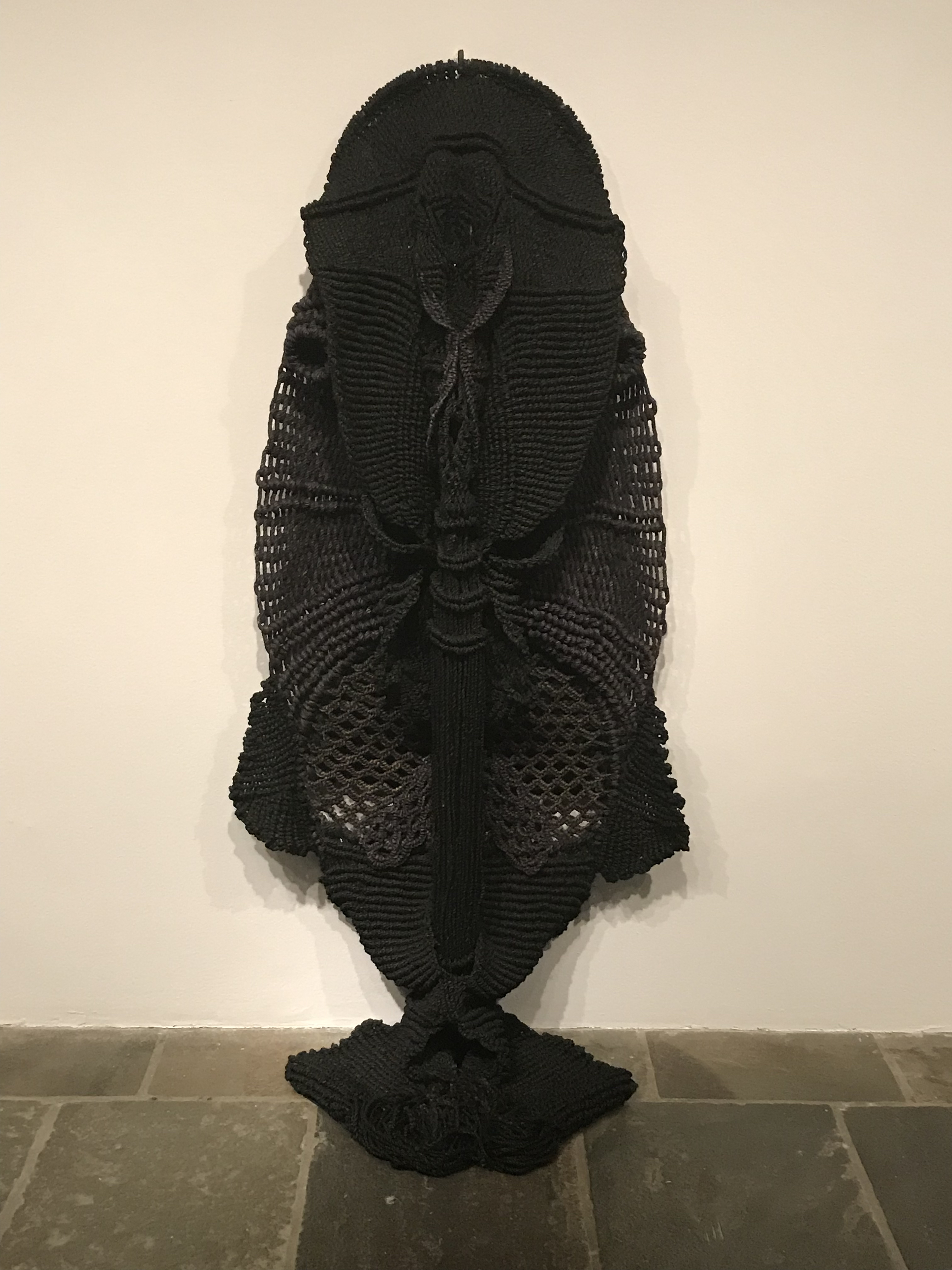
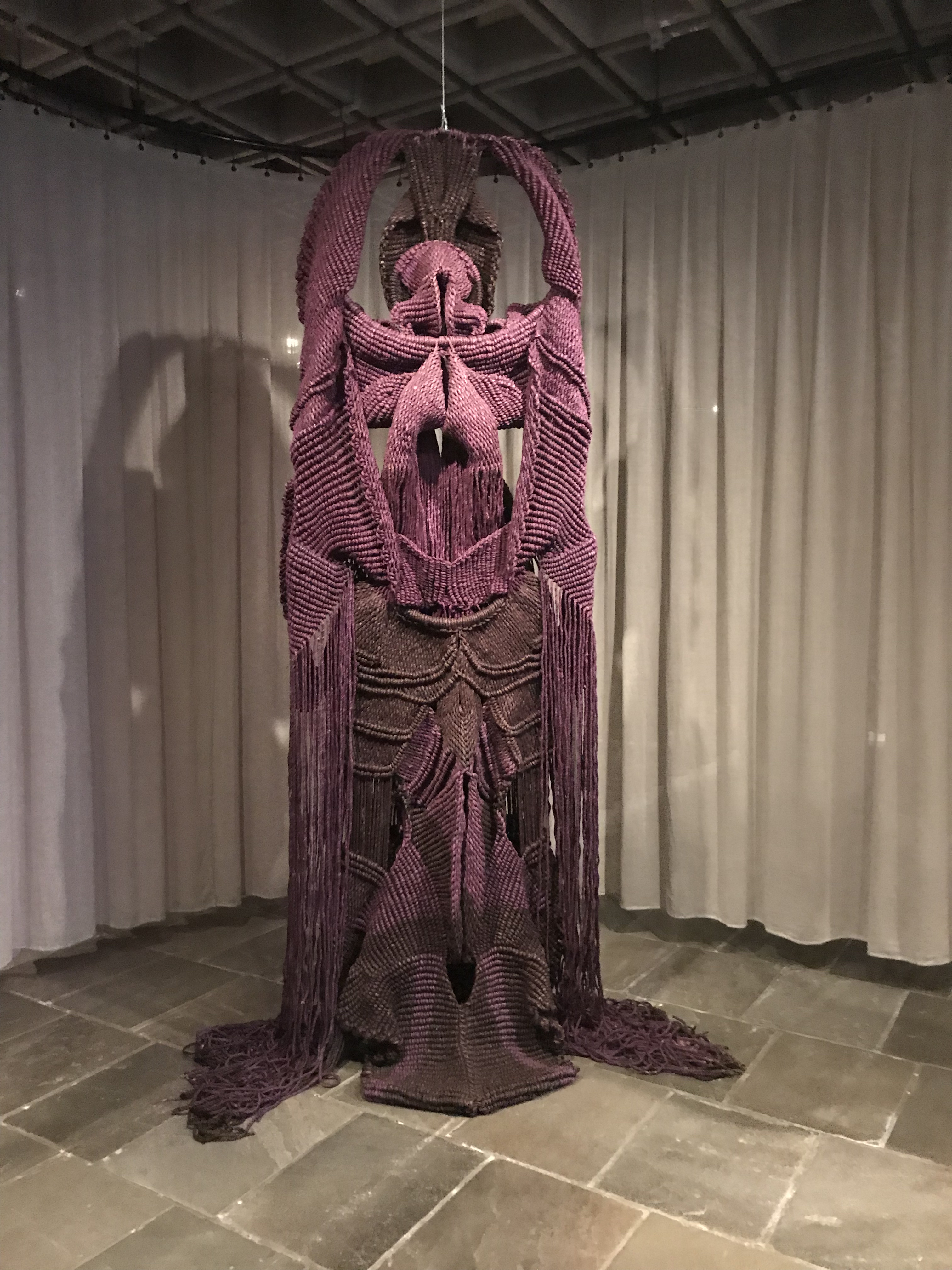
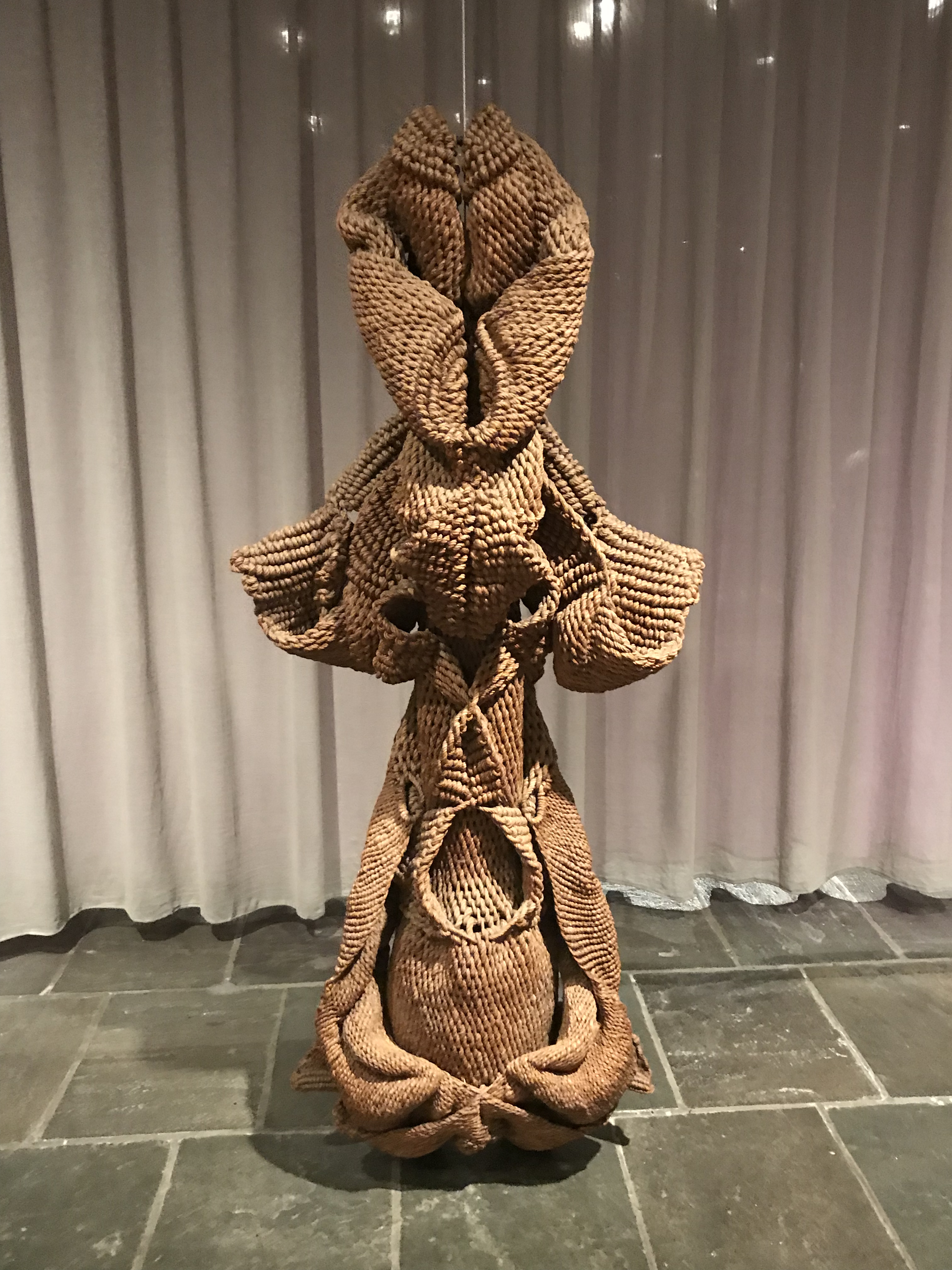
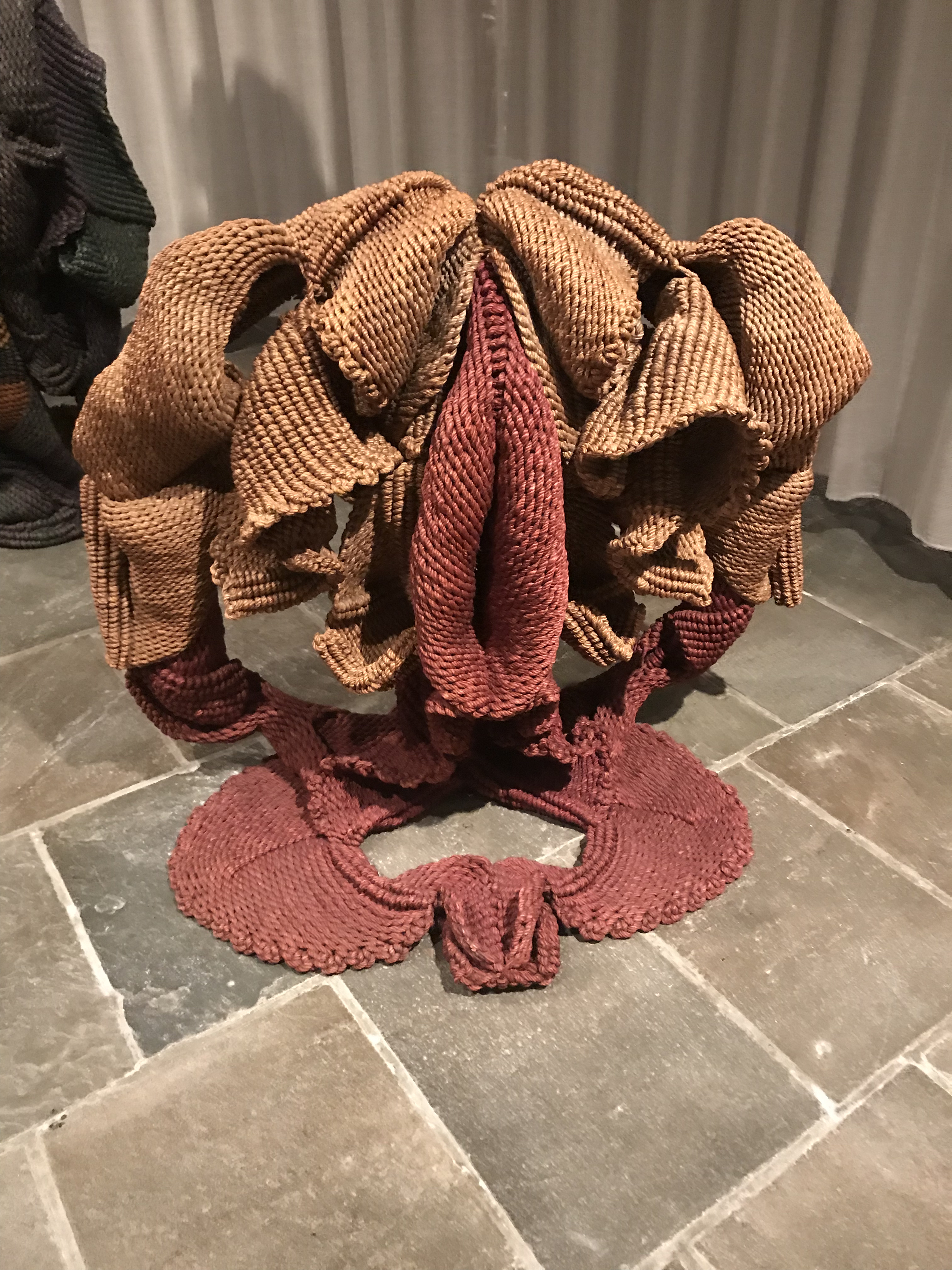
"Phenomenal Nature: Mrinalini Mukherjee" is on view at the Met Breuer through September 29th, 2019.
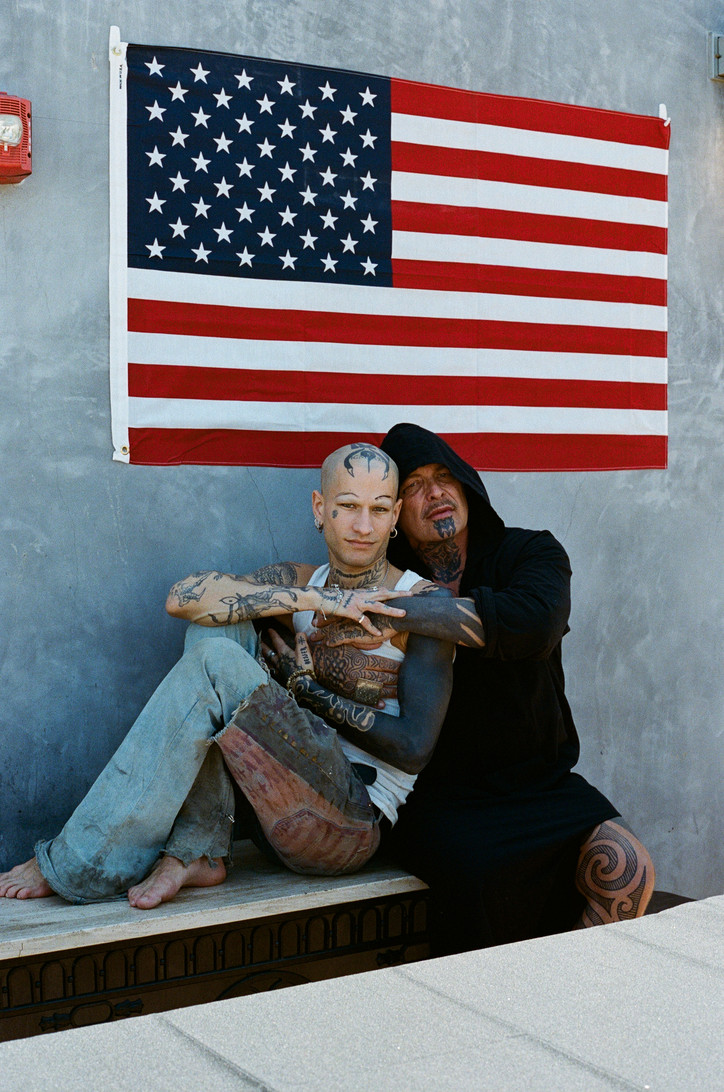
MCMLXXXV— Do you remember meeting on Instagram?
RON ATHEY— Yeah.
M — You DM’d me after I tagged you in some stories. It was the first time I came to L.A. I was at Akbar with Violet Chachki and Latex Lucifer, and our friend Mark Saldana was wearing this t-shirt with a quote from the British press saying: “Scots churchman slams sick HIV show. Bloody disgrace. Ex-Junkie who stabs himself with needles.” I had to post a picture, but I thought you were dead. I actually believed your pieces where you staged your own death.
When I found out you were alive and that it was actually you who messaged me and not just, like, the Ron Athey estate, I was so honored. So then I was like, okay, I'm coming back to LA. I have to meet him!
Can you describe that faked-death series a bit?
RA — In my performance work since 1990, I would display myself as dead—really, as a sexualized corpse, lying in state. I have an obsession with the miracle of incorruptible flesh and a metaphor for the living dead. Even the new work, “WILLENDORF, act two” is a riff on bejeweled catacomb saints.
M — Where will you perform it?
RA — I'll be bringing it to London soon. It’s based on a piece I made for Lee Bowery when he died called “The Trojan Whore.” Now I've brought it back as an even bigger lady in the BBL era. It's a fertility goddess for non-reproductive futurity, leaning into that Lee Edelman book, No Future: Queer Theory and the Death Drive, and thinking about why we got into such a big-ass-and-non-baby era. And the second part is inspired by Hyacinth, the catacomb saint, where I have people put jewelry on me, laid-in-state in a bed of viscera.
M — You gave me a relic with your HIV+ blood on it. What does that artifact mean nowadays when we have medications?
RA — Before it was literally a remnant of a living virus, and now it's of undetectable blood. Just like water from the Castalian Spring at the Oracle of Delphi still has a trace amount of psychedelics in it, my blood still has some remnants from 1986, when I was diagnosed.
How many years is that? Too many. Almost 40. Oh my God.
M — You must have had some crazy mutations in your body.
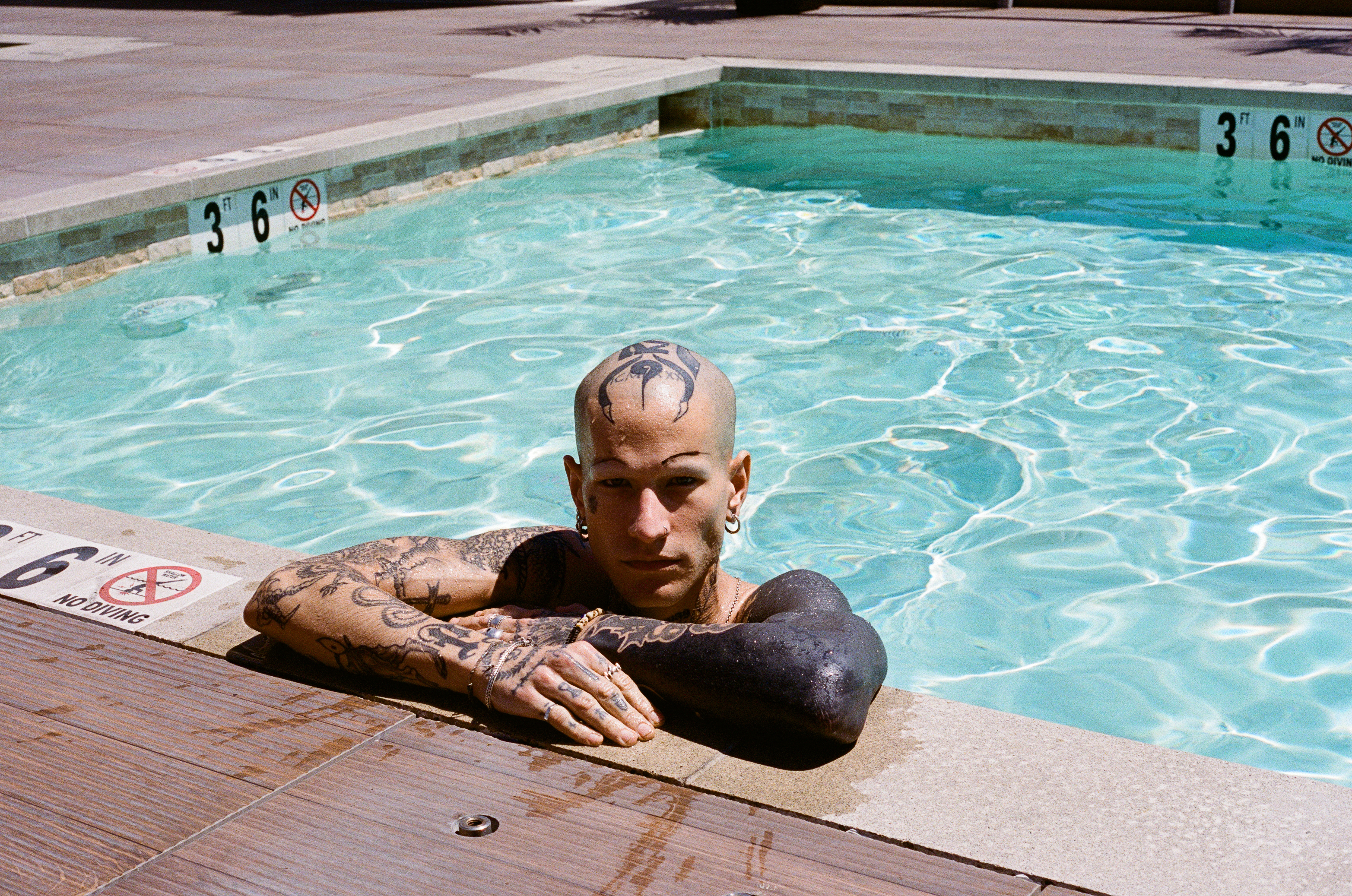
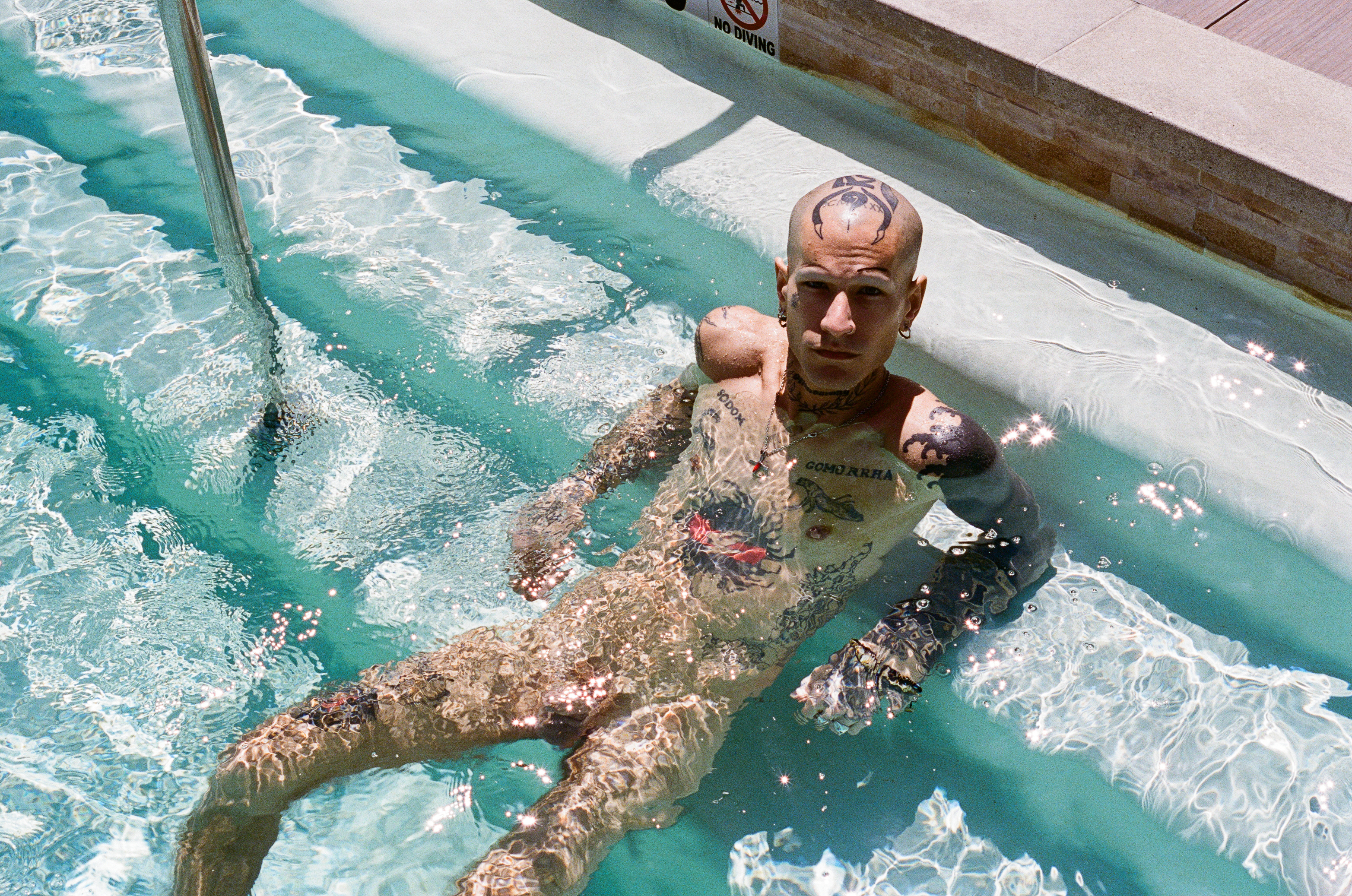
RA — Well, if there's anything to the theory of a weak strain, I think I must have had one. I was never sick sick. I just had complications. I had my spleen removed in like, 1990, because I was eating my platelets up and became a hemophiliac. But I never had low T-cells or pneumonia or anything like that.
But how old are you, and how long have you been positive?
M — I'm 34 and I have been positive for seven or eight years. I felt sick immediately, but I went to the doctor 76 hours later instead of 72. It was just too late for “the pill after”. I still didn't speak so much about being positive until the pandemic, which was when I started to research the history of the AIDS pandemic more and make paintings.
RA — I need to know more about you and your expression, through our generations’ gap! I only know that you DJ and make graphics with an HIV polemic. Morbidity, ostracization, endless big pharma (including Prep and Doxy Pep): how does your experience of HIV steer your work?
M — I was spiraling at home during the pandemic, which is how my HIV-spiral painting came into being: a visual representation of the mental process I was going through in that moment. And I had always made clothes. I always wanted to wear the yellow Star of David around my arm or have it sewn onto my clothes. My grandmother was in the Jewish resistance and ended up in Auschwitz, and I always took so much pride in her story and being a Jew in Europe after they tried to exterminate us.
So my idea was to do the same with HIV by making these spirals and writing “HIV-plus” on clothes. And then I started to color in the spirals, and I was like, wow, it actually looks like a church window. So I got more and more into church references. I put two things together that seemed separate and they became one. I realized I could do the same with visuals that I did as a DJ.
And then at some point, my ex-partner was wearing one of my HIV-plus jackets, and I found this crucifix and I put it on the plus-sign, and I was like, Oh my God, this is it. This is the Church of Positivity. This is Jesus on the Plus. It was the perfect symbol, the perfect logo. I started to appropriate more of these symbols from the church, and all of a sudden you have HIV everywhere, all over the church. It was so interesting to me, because in my research, I read how the religious establishment blamed the gays for spreading AIDS. “This is God's punishment for you,” but that is actually totally bullshit. The pharmaceutical companies played a much larger role.
So all of that culminated in a project called the Church of Positivity. Put Jesus on everything; show the hypocrisy of the world that we live in; refuse to shut the fuck up; be vocal; give people hope to feel better about themselves. That's what the Church of Positivity is about. I come from an extremely Catholic country, which I always hated. This is a new church, with the cross replaced by a plus.
I know you came from a very religious upbringing. How did that inform your stance on religion in your work?
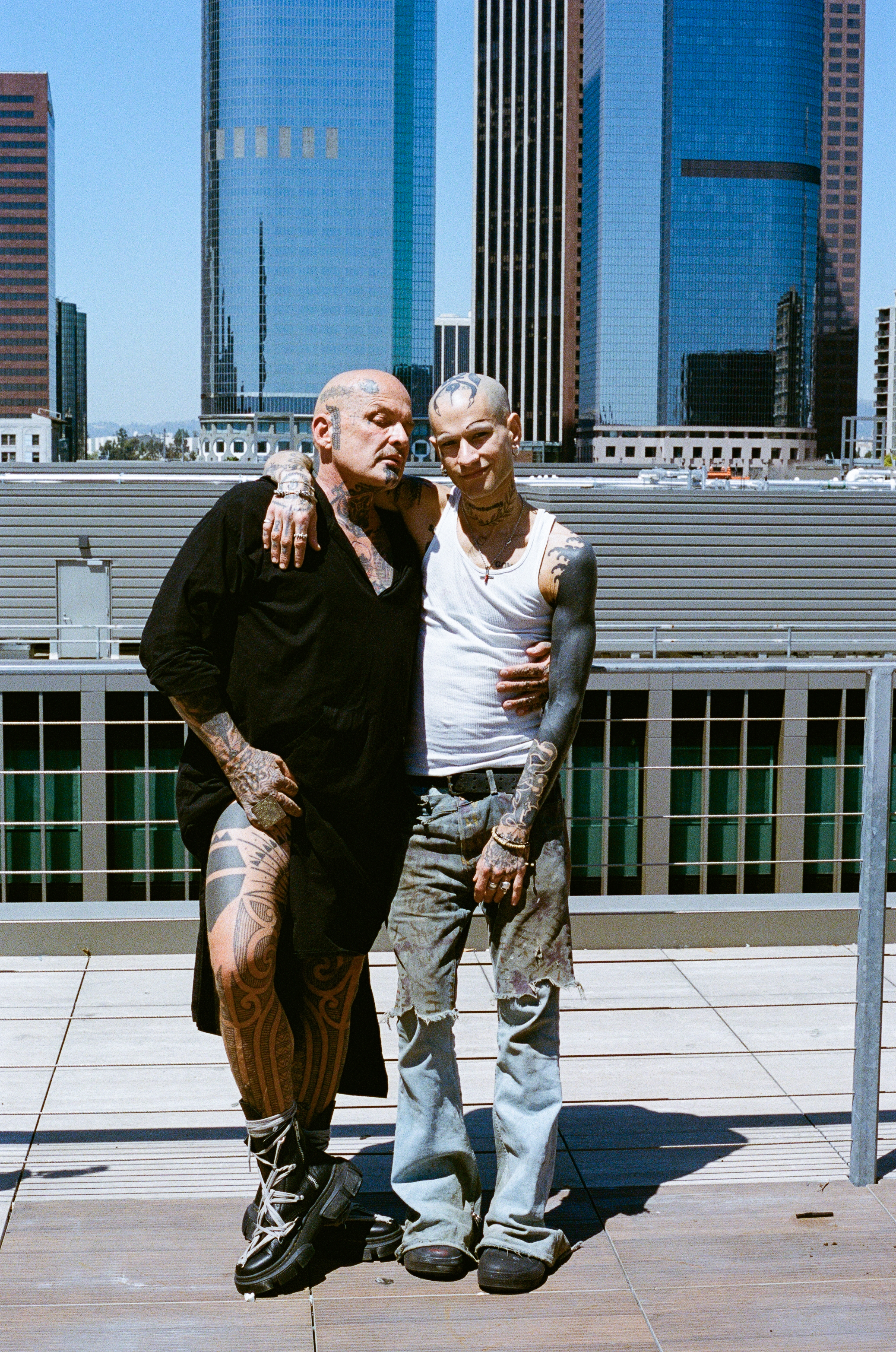
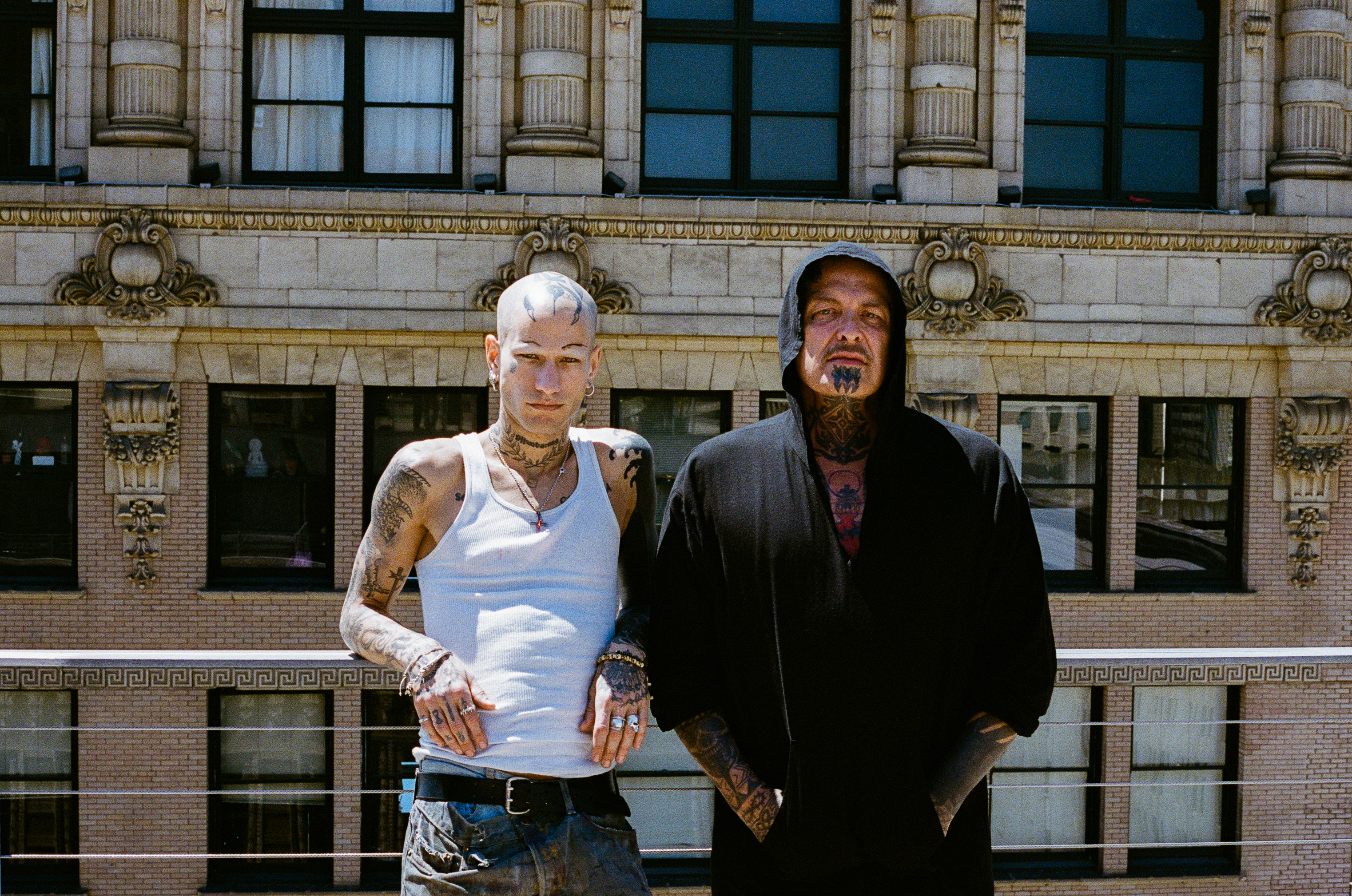
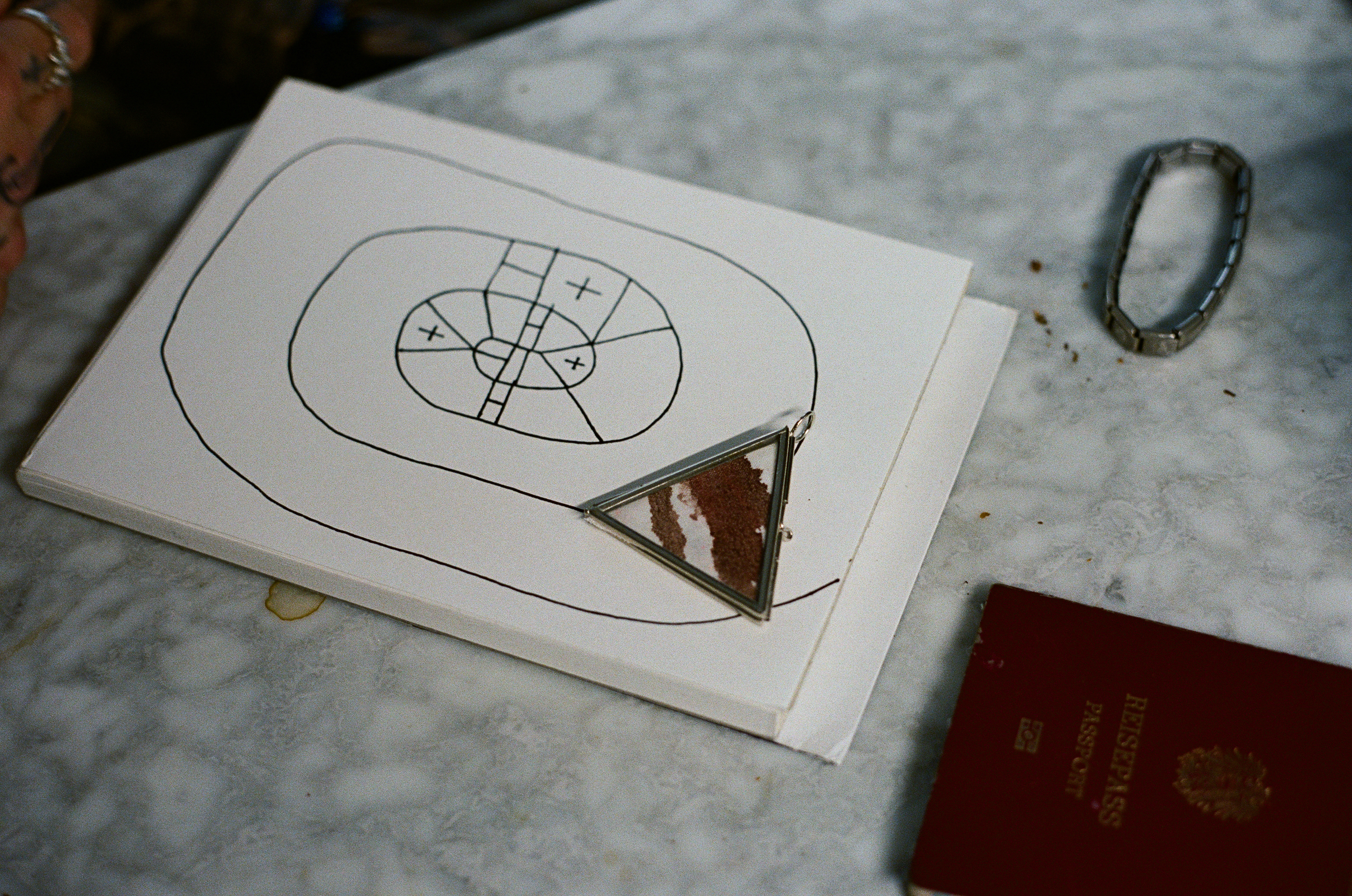
RA — Well, I would like to say I look at it a different way. I went through all this religious stuff—and I did have a period of hating it—but then I actually started to call it ‘gifts of the spirit’. Even if I remove Christ from the equation, I still have these ecstatic gifts that you can't take away from me. I still have these archetypes of saints: tales of strength and martyrdom, which I found plugged into AIDS deaths really easily. So rather than being a rebellion at that point, it became survival skills, I think. And I still see through these ridiculously visionary metaphors.
M — My take always was a little bit of revenge: a revenge on the church by using their exact symbols, but making it something associated with positive faggots, which for a conservative Catholic person, I'm sure is one of the worst things they can imagine. It’s why I do the same things with symbols of nationalism. For example, look at what Germany is doing now.
RA — You're talking about the squash on Palestine protests?
M — Exactly. Again, it feels like nothing has changed, which is why I'm using old German, nationalist symbols, which often look like a plus. And this is also my personal revenge on what the Germans did to my family. I take their symbolism, and I turn it into what they hate the most. If a nationalist looks at my work and sees symbols that they used to think were cool—but then they represent only positiveness in the sense that I mean it—I find pleasure in that. And the best thing would be if one of them gets a heart attack.
RA — It is an interesting moment with symbology. I would like to tell you a story though, where it's not the outside threat, but the inside one. It was a gay journalist named Randy Shilts who had all the bathhouses and sex clubs closed in New York and San Francisco. So I think some of the “fuck you” in my work has been against the inside-censoring of the eighties, when gay culture was polarizing “good girls” versus “nasty girls.” That our internal punishment for AIDS was going to be that we either have to be sexless or monogamous and adopt or have a surrogate.To join reproductive futurity and be good people. You had people like Larry Kramer just screaming his head off that no one would grow up and blah, blah, blah.
But whether our future is the death drive or healing and starting families—that is still an individual choice. I don't need another gay person telling me what I have to do because I have AIDS.
Before PreP and protease inhibitors, AIDS was this nightmare that killed everybody interesting, basically. So then everyone not-interesting stepped forward and had a bigger voice, distorting gay culture by saying people just wanted to have children and marriage. That was the more conservative agenda, but I didn't think that's what everyone was fighting for and what half the people died for. So sometimes it is hard for me to understand what era we're in now with PreP and doxy Pep, and I guess there's just too many fragments.
Even with tender queers taking over the queer movement…
M — …Tender queers?
RA — The ones who are butt-hurt over anything. They try to shut you down. It's the same people who used to say, “Oh, there's a child two doors down. We can't be naked in here.” The specter of the child, the specter of the tender: it’s a passive aggressive way to make everybody dull down.
M — Sounds very suburban America. I imagine you have to deal with that a lot in Los Angeles?
RA — We have a certain suburban chic that is dialed in. If you play it right, it's a good time. There's nothing like a big house with a pool and toys.
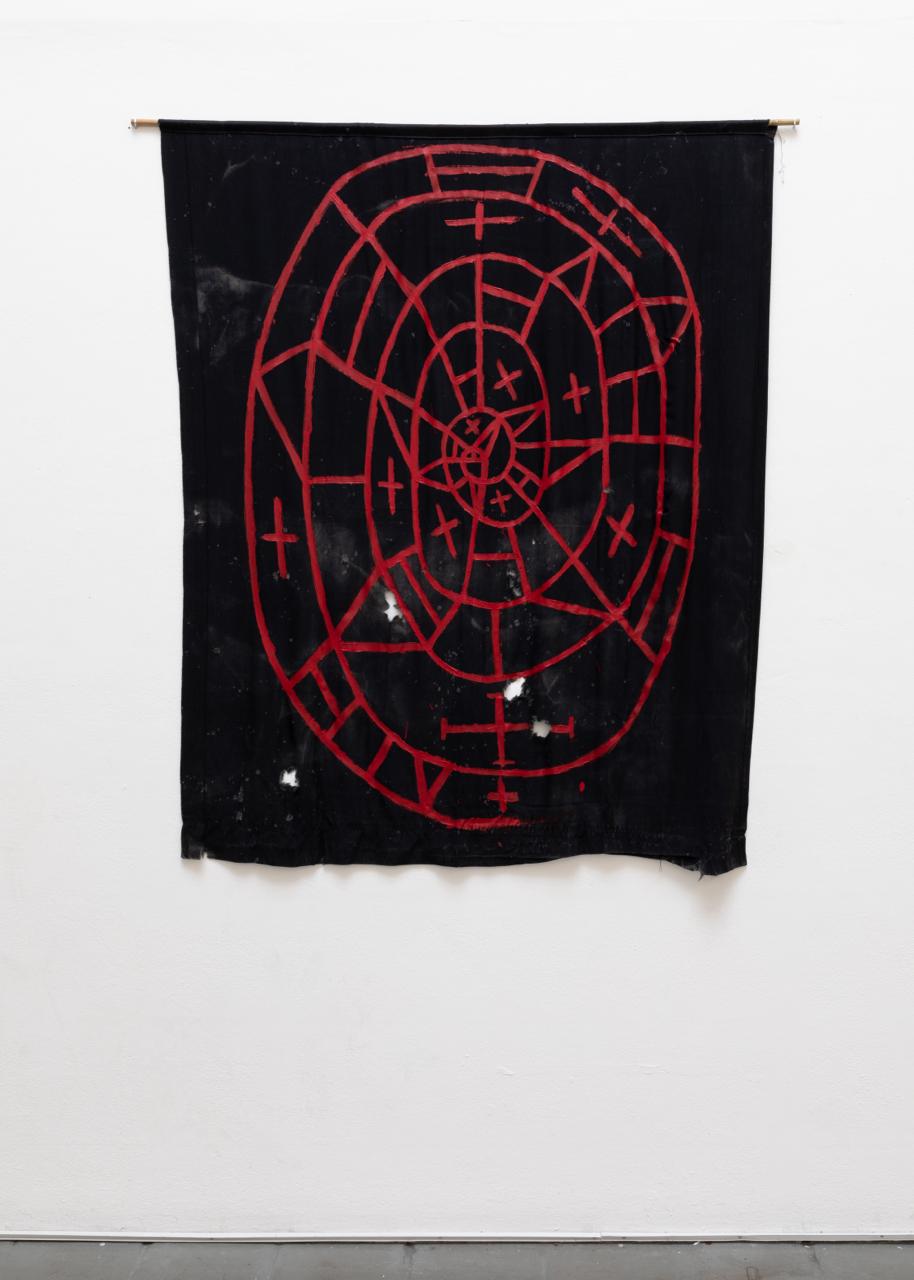
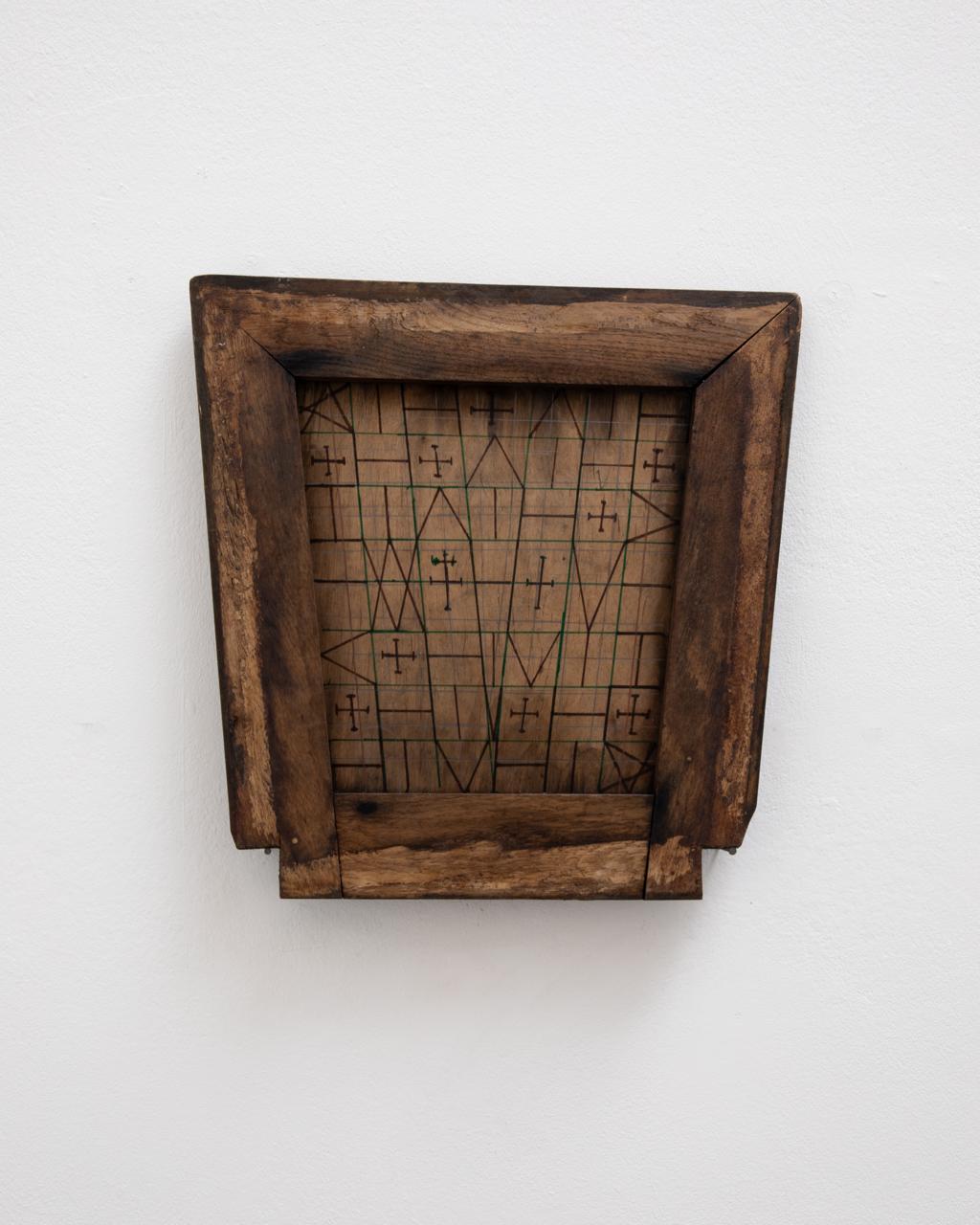
M — How does L.A. define your identity and your work?
RA — I am an L.A. person above anything else. I’m from there and lived there my whole life except for six years in London. In the late ’70s through late ’80s, the climate in L.A. was both an incredible music scene and the epicenter of the porn industry. Public sex and dozens of leather bars, saunas, and gay sex clubs were the legacy of the ’60s and ’70s. I think this sexual L.A. gave me the post-porn element to punk, death rock, goth.
In 1981, I started making my first performances in this climate. “Premature Ejaculation” was my music project with Rozz Williams, my first boyfriend, of Christian Death fame. This was not a queer scene so we had to be strong, and it was effortless! I was inspired by the artist Johanna Went and the movie Deep Inside Annie Sprinkle (and her publication LOVE magazine that featured the first photos I saw of Fakir Musafar, as well as a urine fountain design from Günter Brus). I think the tacky shadow of Hollywood on everything in LA forced the underground to be more extreme—an anti-mainstream impulse.
M — People like you are very inspiring for me for that reason, because provocation is such an important aspect of art. I recently moved back to Vienna, and I feel similarly about my hometown. I realized it was always my hatred for that heavy, conservative Austrian society that inspired me to provoke. The more I find out about Günter Brus, the other Viennese Actionists of the sixties, and the Austrian avant-garde of the turn of the century, I see how all their art was always fueled by hatred of the extremely suffocating society and people around them.
RA — The more shit that's going on, there's more to press against. I mean, the Actionists were the most extreme out of nowhere. They were just filming themselves taking a shit. It was horny. It was pornographic in a grotesque way. And I think Brus is more of the aesthetic: cutting himself in half, drawing a line, bifurcating himself emotionally, maybe. I was always more with Hermann Nitsch.
M — Exactly.
RA — A bloody ritual over and over and over again .
M — He was iconic.
RA — But some women influenced me more, like Carolee Schneeman, Linda Montano, Valie Export. Her piece Action Pants, Genital Panic is outrageous— to be with your crotch out in a cinema.
M — I need to check that one out.
RA — She gets lumped with the Actionists but isn't. She’s more of an independent feminist.
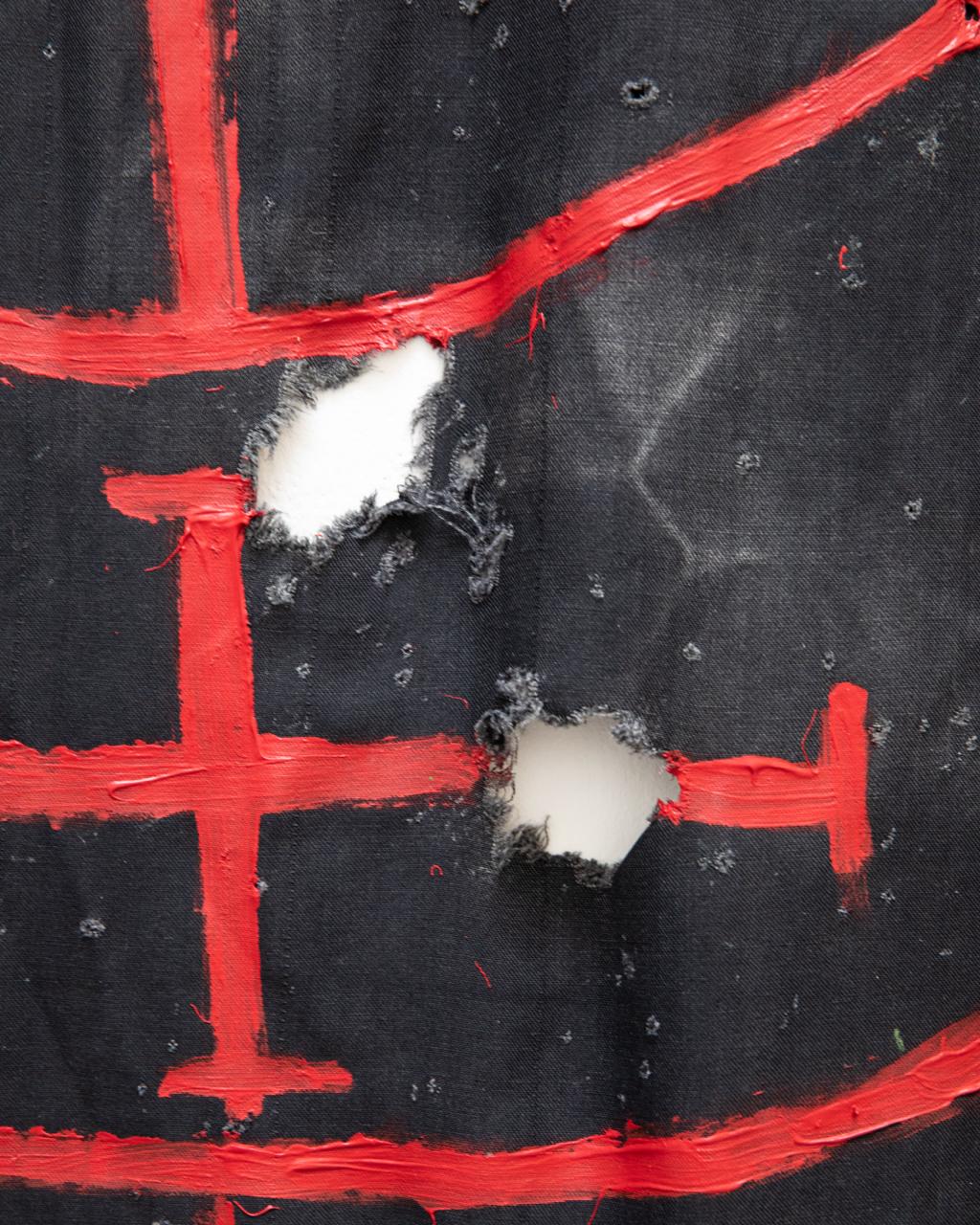
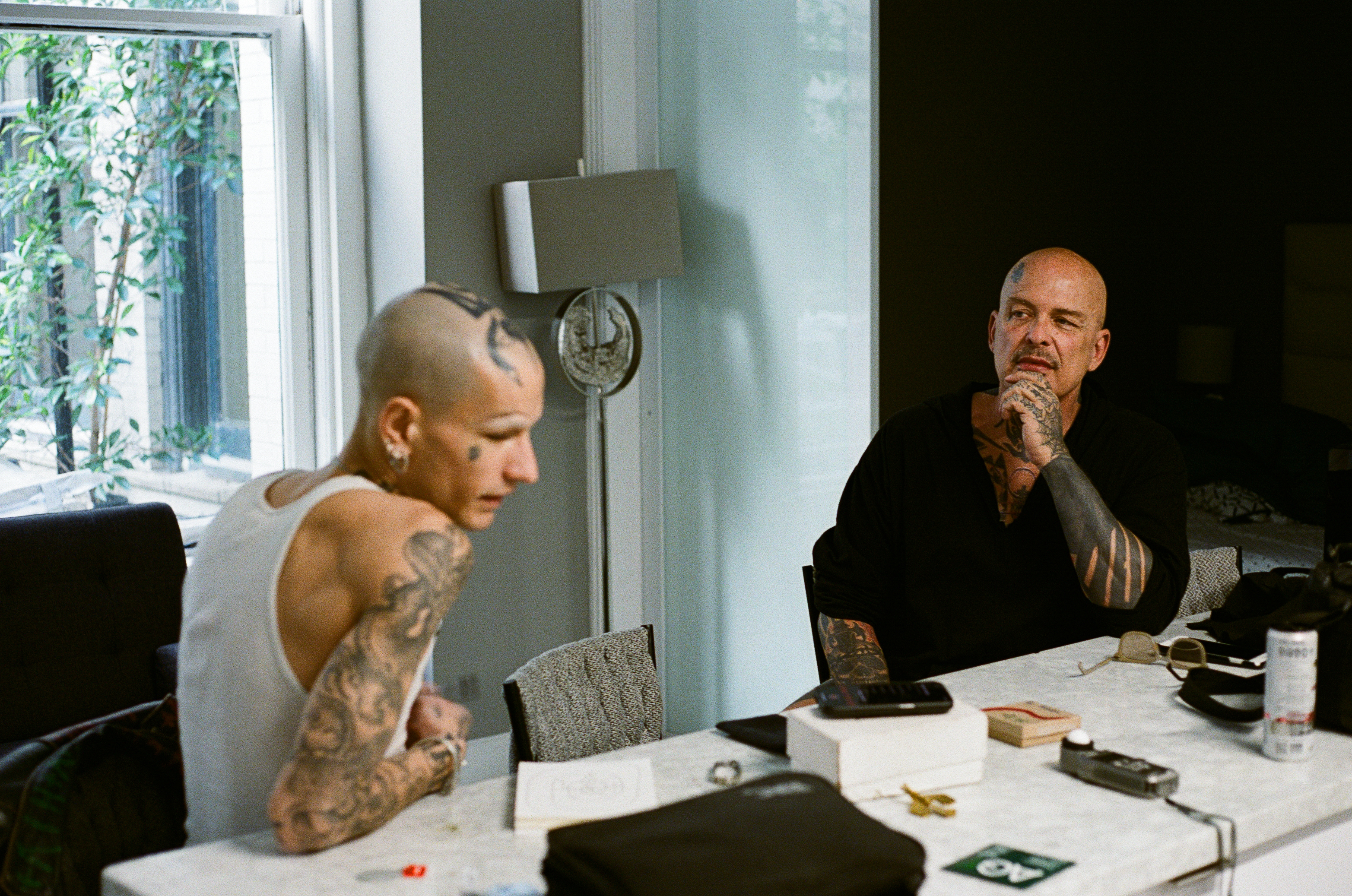
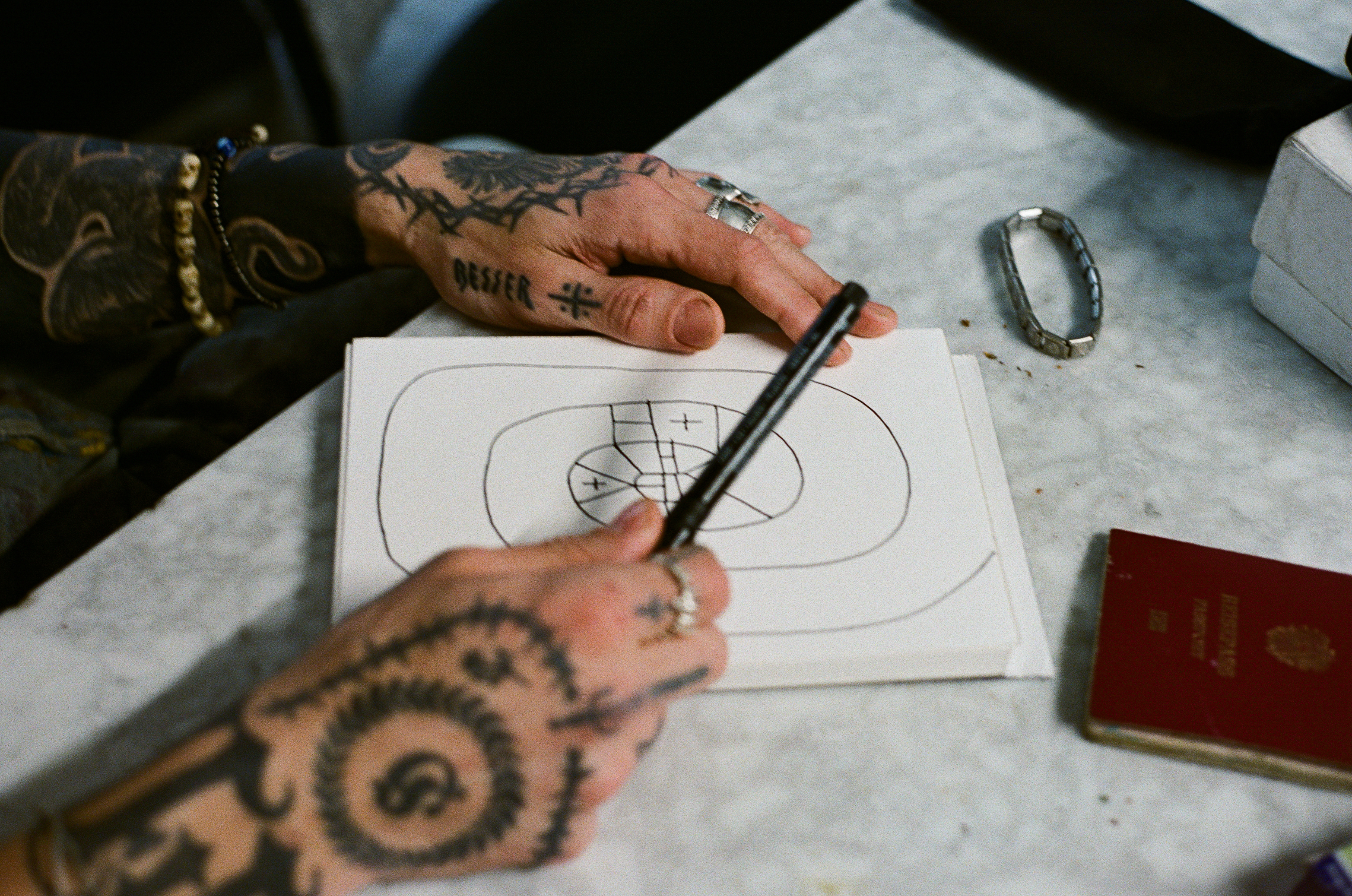
M — Oh, right. Because that's also how I knew her. She's always mentioned in that context. Similarly, you’ve said in an interview that you’ve been characterized as an AIDS artist, which meant that your medium was AIDS, and that you didn’t agree. But to be honest, I find it really funny. I would definitely say about myself that my medium is HIV.
RA — Well, let's say it was considered a stigma at one point, so some people concealed it and I didn't because that is my polemic. I don't have a political statement except to bear witness and to be truthful and honest that I'm here being myself and pay the price for it. To still live your life, I think, and find joy and pleasure in the middle of all the rottenness: we can't lose that. That's a strong politic to me.
So I did maybe pay the price for the AIDS artist, but I never made work specifically about AIDS, maybe philosophical questions about AIDS and other parts of life.
Things are always described by sensation. Yeah, I'm a bloody disgrace. That's my headline.
M — I love that.
RA — I'm not going to get a trophy for being respectable, so I'll be the bloody disgrace and do that.
M — I think that's the biggest honor. The more we can annoy certain people, the more of a reward, in my opinion.
RA — I do think if you have something to press against, the work gets more interesting. And why there's trouble in utopia. There's nothing to press against.
M — Yeah, exactly. I feel like I need those Austrians to get me angry here and there so that I keep on getting inspired.
RA — I mean, I don't want to be miserable to make art, but a lot of people do their best work in the tension. In the tension of the moment, the art makes itself, I think.
M — Sometimes there has to be friction. I mean, there is no light without darkness, but you have to wear the right glasses to be able to see in both lights or log the absence of light.
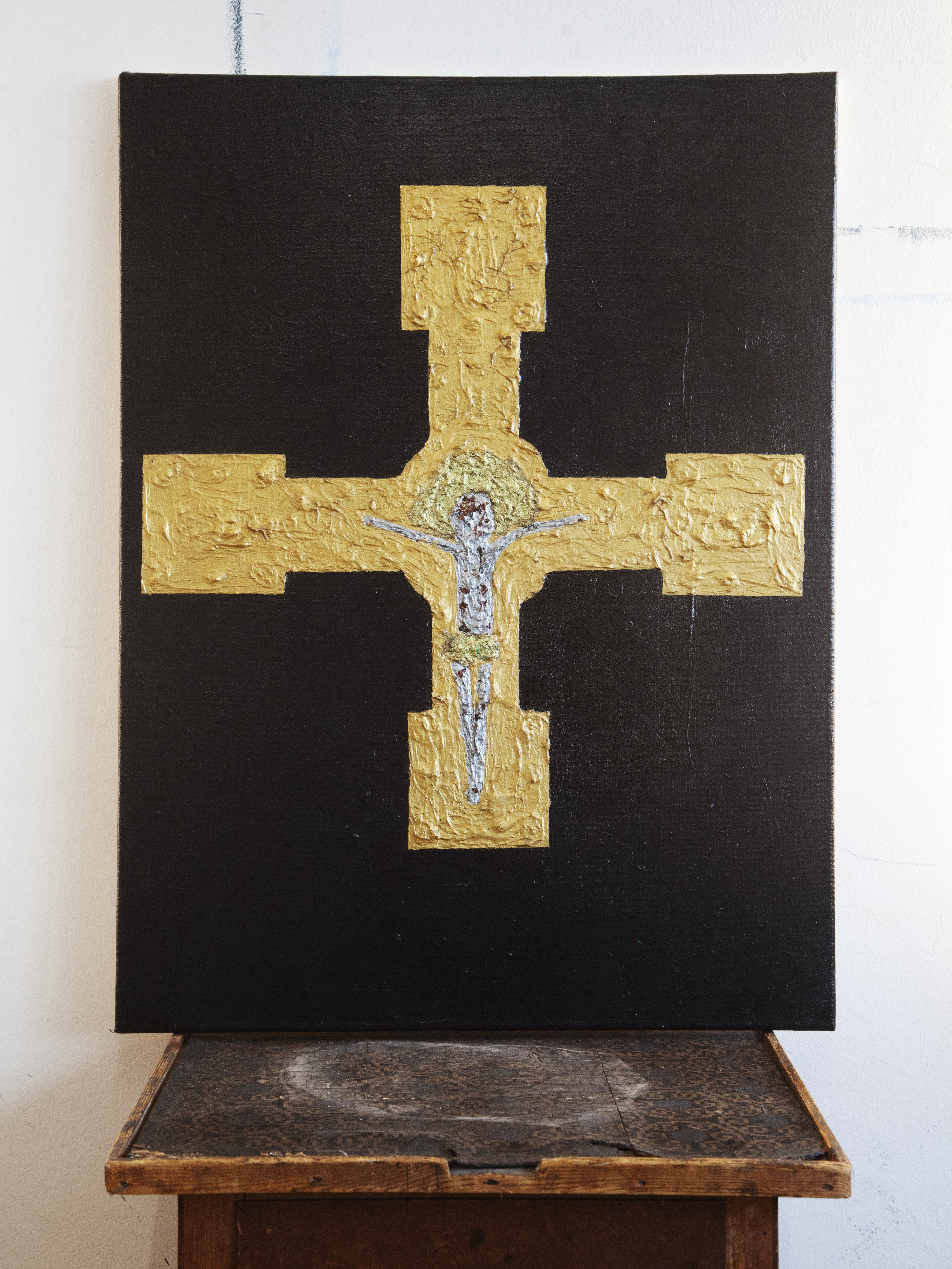
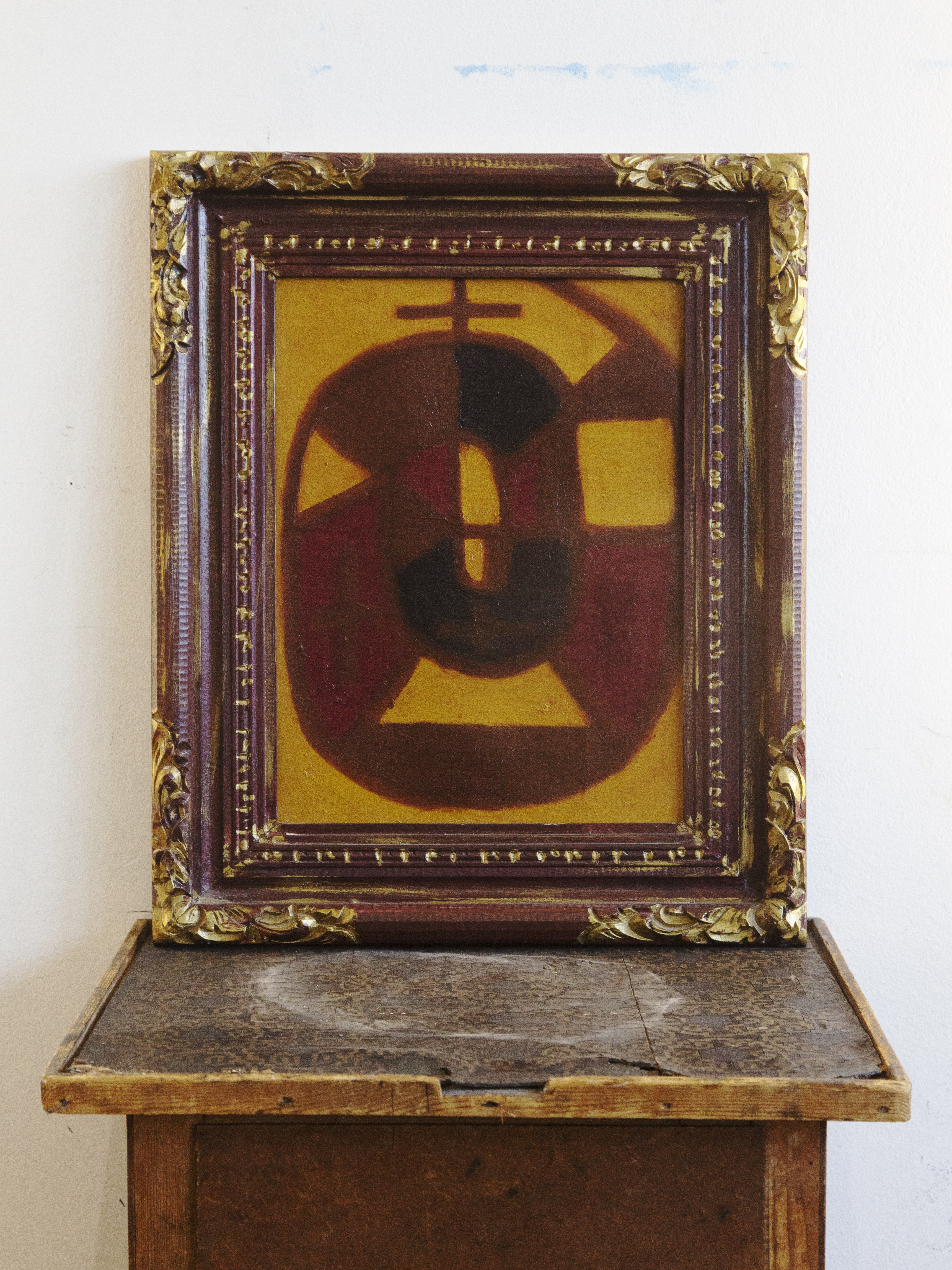
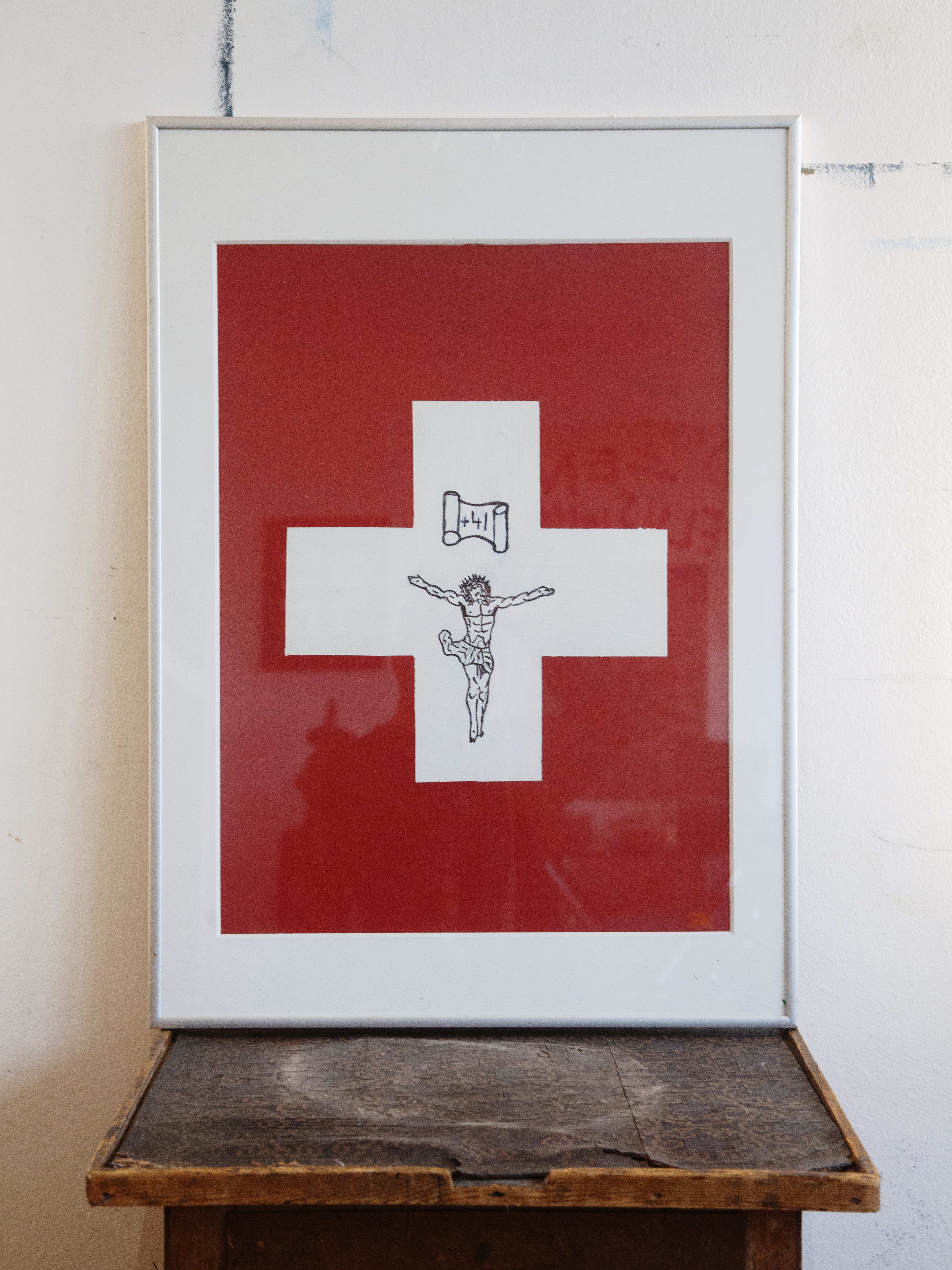
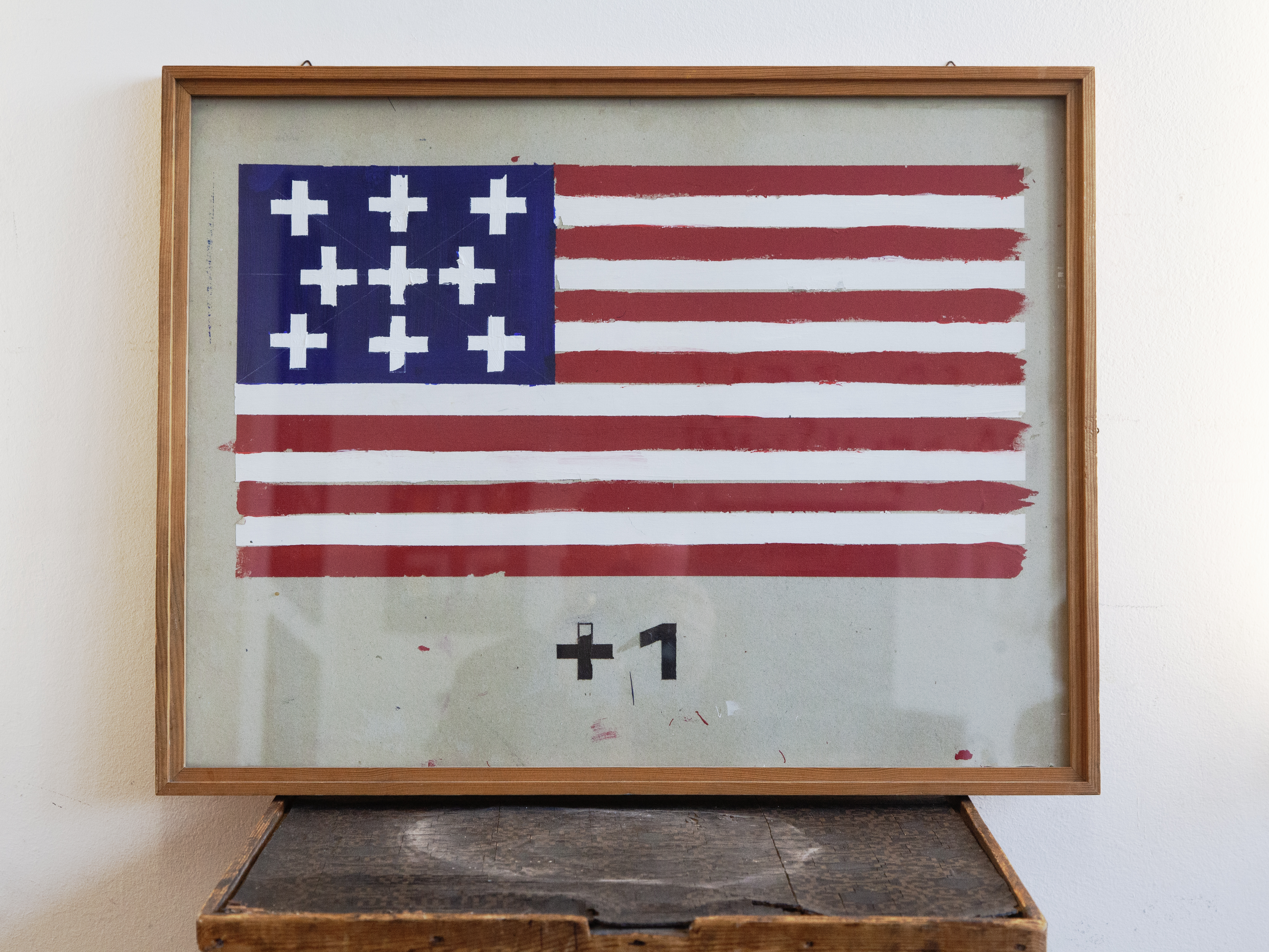
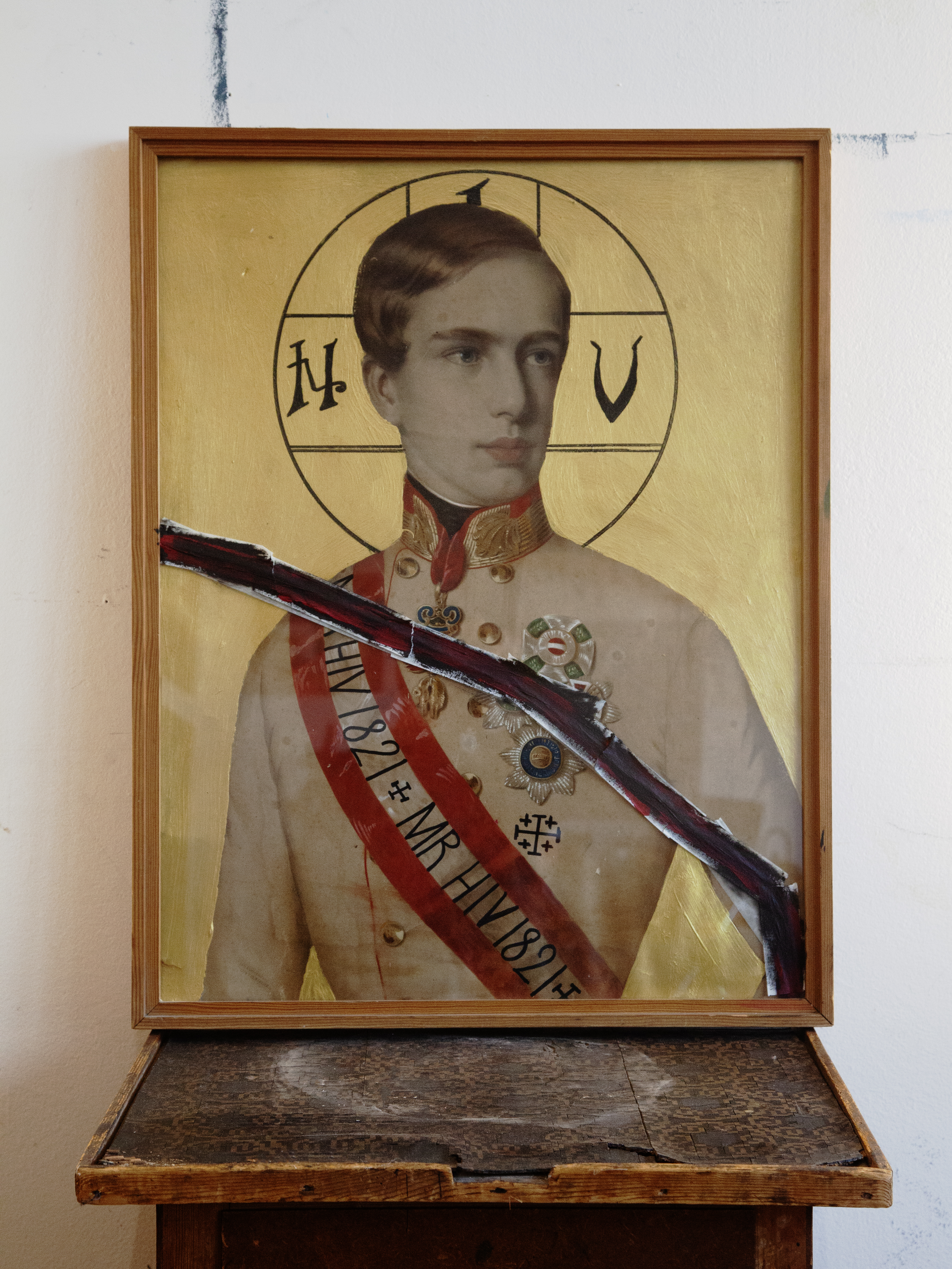
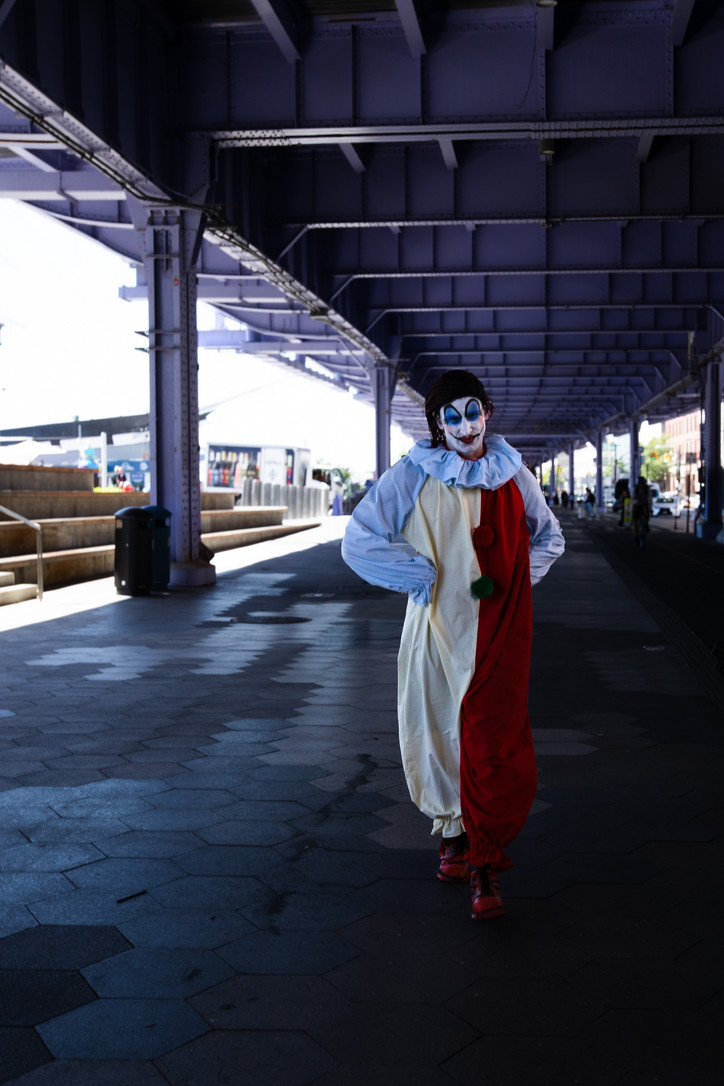
Chiara — You have been living and working in New York City for the past 20 years but tell me about your first impressions of the city and what has kept you here?
Curtis — When I first visited New York City I remember being in the back seat of a yellow cab driving through Chinatown, I remember the energy of the people and bright signage; almost cinematic. It reminded me of of a scene from Michael Cimino’s 'Year of the Dragon'. It felt similar to an organized madness. I was both in awe and intimidation. It was thrilling and also disorienting. I think I was 20 years old. I had officially moved to NYC in 2005. Still today I find it to be a circus, it has no rules. Everyone intensifies what life does not need to be. However, in New York in order to survive, life must intensify. The city doesn’t just tolerate chaos - it thrives on it. The unpredictability of New York feeds creativity, pushes boundaries, and forces you to constantly reevaluate your place in the world. It’s this continuous engagement with uncertainty and possibility that keeps me established here.
What year did you start filming the construction sites and what attracted you to them?
I started filming on my daily walks around the neighborhood in 2010 or 2011. I had noticed that there was much more construction than in the previous years with the continuation of gentrification. The bigger construction sites that I was passing and paying attention to led me to thinking that there were really beautiful aspects to these environments. I chose to film it in a reckless aesthetic, and cropped them to highlight the details of this process. But innately I was composing things almost as still images, exactly how I wanted it to be. There were these really masculine construction workers, but at the same time a lot of feminine movements and hand gestures. I also filmed typical street work and maintenance, which are revealed throughout the film.
I think of your work as having a lot of movement; with your writing or even some of the other works I’ve seen, there's the gesture of the paint. Is there something to the movement of the construction, the machines and the hands that attracted you?
There is a connection, as an artist that is almost unconsciously doing. It was much more based on hands and these contrast features in comparison to what the idea of construction and demolition are in the first place. I think of swinging cranes and the machinery that's moving in a gestural way which has familiarity throughout my paintings. Every brush stroke strips the joy out of painting and at the same time adds to the general spirit of the work. The machines building, destroying, and rebuilding represent the continuous cycle of creation and reinvention that defines much of our human experience.
And then you removed the sounds of the construction and added in the music so it feels like I’m watching a dance.
Yes, it's a dance, like Bolero.
What do the machines building and destroying and building again represent for you?
They are reflective of my personal emotions, in terms of the idea of life and birth and destruction. Things going up and things coming down and thoughts going up and thoughts going down and all the feelings that go with that. But with these constant changes it’s still a reminder that we're all in it together to a certain capacity. It really just comes down to your state of mind.


Being a filmmaker myself I always love to know about the technical aspects. What did you shoot the construction footage with and how much footage did you end up having to work with in the edit?
Originally I was shooting on a mini DV camera but in too many instances I started to encounter without the camera on me so filming with iPhone was part of the process as well. I shot over 25 hours of footage over a three year period and the majority of it in the end was iPhone, shot in landscape format.
I’m so grateful you did that, I can’t stand this new-ish format for video on social media that has to be 9:16, literally the opposite aspect ratio of cinema. It drives me crazy. But I won't start on that tangent…Tell me about the clowns that have appeared in your work before. What do they signify for you?
Clowns have been a recurring motif in my work for a very personal reason. My uncle, who was a major influence on my life, had an obsession with clowns—figurines, clocks, calendars. He was a generous spirit, a mentor who introduced me to music, visual art, and film. But despite his affection for clowns, I always found them disconcerting. There’s something unsettling about the clown figure—it’s a mask for something darker, an attempt to cover up personal struggles with exaggerated performance. They symbolize a form of emotional repression to a degree. The act of hiding inner turmoil behind a forced smile. In my work, clowns represent the tension between the exterior persona and the internal reality, the mask we put on to perform for the world, while hiding our vulnerabilities.
I am not a big fan of clowns myself, they can be so unsettling. In this film you play a clown that feels completely hopeless and defeated and alone, with the weight of the world on his shoulders. I also found the contrast of that perfect blue New York sky, reminiscent of 9/11, which makes it even more unsettling. Tell me about this clown that you are playing?
The clown I play in this film is a reflection of personal struggle. He’s trying to maintain composure in the face of chaos, constantly caught in his own internal conflict. The perfect blue sky above him is in stark contrast to the feeling of hopelessness and exhaustion that he embodies. It’s as if the world is beautiful and calm on the outside, but internally, everything is spinning out of control. It’s about reaching the point where you realize you don’t have to carry everything alone, and sometimes stepping back and letting things unfold is the only way forward.
In what ways has the world gone insane for you?
There’s so much happening right now; the upcoming election, the climate crisis, the political turmoil. It feels like there’s this high vibration in the air and it’s hard to ignore - nor should we ignore this. I try not to let these things overly influence my studio practice. It’s hard not to feel overwhelmed by everything, but I also think there’s something to be said for finding peace within that chaos. I was trying to understand that character and prepare for the single shot at the end. At one point during the shoot I was naturally spinning out on current events and the state of the world.
Lastly, tell me about the score with the sounds layered in and the voices we hear?
I worked with Isaiah Barr, from Onyx Collective. We’ve collaborated on projects before. We generally sit with each other and the visuals and we piece together what makes sense in that moment. I have a soundbite from the Buddhist temple on Center Street and one of a younger British kid talking about money. I also added a soundbite of Stephen King speaking on the idea of "scary". Natasha Lyonne has this strong female NYC voice that can permeate, and Lennon Sorrenti who I’ve known since she was a child has this voice that just feels safe. I've used her voice for past pieces as well. It's a sound I will continue to make works with.
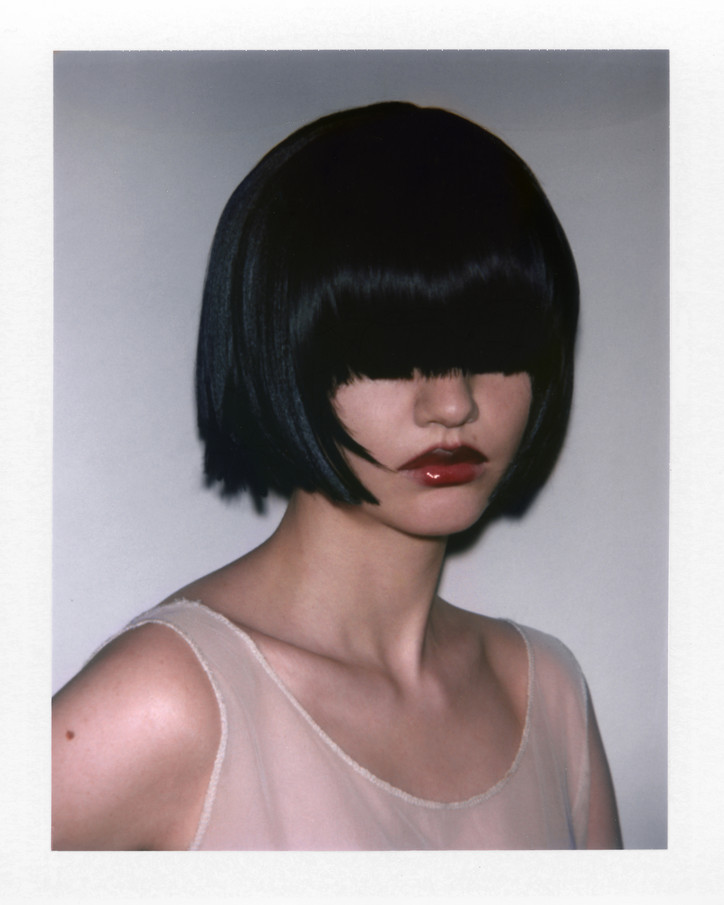
Your work often explores intimacy and vulnerability. How do you create a safe and authentic environment for your subjects during a shoot?
The past few months, I’ve been working on two series of photographs: nudes of women in their own apartments and portraits of women before and after giving birth. Both series involve capturing them in deeply personal spaces—bedrooms or nurseries—where they feel at ease.
Shooting in their spaces, in their own beds, plays a crucial role in creating comfort. I choose film and cameras that show them in a way they find beautiful and empowering, emphasizing softness and warmth. It's a stark contrast to modern, hyper-detailed phone cameras that sometimes reveal more than one wants to see.
Your photography has a distinct emotional depth and texture. How do you approach the interplay of light, color, and composition to achieve this?
My process is highly intuitive. I’ve never formally studied photography or apprenticed under anyone—I learned by experimenting and seeing what felt right. It’s about trusting my instincts rather than adhering to rigid rules.
What role do personal experiences or cultural influences play in shaping the stories you tell through your images? Many of your photographs feel deeply narrative.
Growing up, I was surrounded by great cinematography. My grandmother had a TV, but my mom only brought home VHS tapes—films with substance. I think that exposure shaped how I see the world, how I approach subjects, and the narrative depth in my work.
What role does spontaneity play in your shoots? Do you leave room for improvisation, or is everything carefully planned?
To balance spontaneity and structure, I go in with a clear plan and strong direction, but I remain open to surprises. It’s about letting the subject feel like the shoot is about them, not me. That openness often leads to the most unexpected, meaningful moments.
What inspired the shoot with singer LIA LIA? How did it come together?
Collaborating with Ruby and Naomi always takes me out of my comfort zone in the best way. For this shoot, we wanted to transform someone with an iconic face but also someone like Lia—someone with a clear sense of self.
Giving her a completely new look was exciting; it brought an unexpected energy to the set. The approach was playful and experimental. The night before, I had no idea what wigs Ruby would bring or what colors Naomi might choose. It was a beautiful mix of spontaneity and collaboration.
What inspires you the most?
Movies and music are big inspirations for me, as well as the work of other photographers like Carlijn Jacobs, Harley Weir, Rineke Dijkstra, Charlotte Wales, and Nan Goldin.
What emotions or truths are the hardest for you to express through your art, and why?
I don’t think I consciously try to express specific emotions when I work. Instead, I follow what feels right in the moment—what draws me in or excites me that day. It’s less about a deliberate expression and more about letting intuition guide the way.
